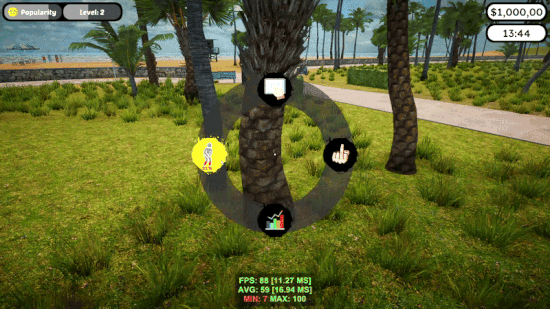
Favela Week Excitement Has Begun in Zula!
Zula players are in for an exciting week filled with the energy and thrill of Favela Week! The atmosphere of Favela, along with special events, missions, and campaigns, is making its way into the game.
Throughout Favela Week, players will be rewarded with exclusive login bonuses, MVP competitions for the week, gold bonuses, and surprise campaigns.
Thanks to the Favela missions prepared specifically for game modes, players will compete fiercely and have the chance to win valuable rewards.
Live streams held during the festival will feature surprise content and instant rewards waiting for you.
During the Favela Week events, exclusively prepared for this week, surprise gifts and bonuses add joy to your gaming experience.
With various competitions and events that players can participate in both individually and as teams, the game atmosphere comes alive with the excitement of Favela!





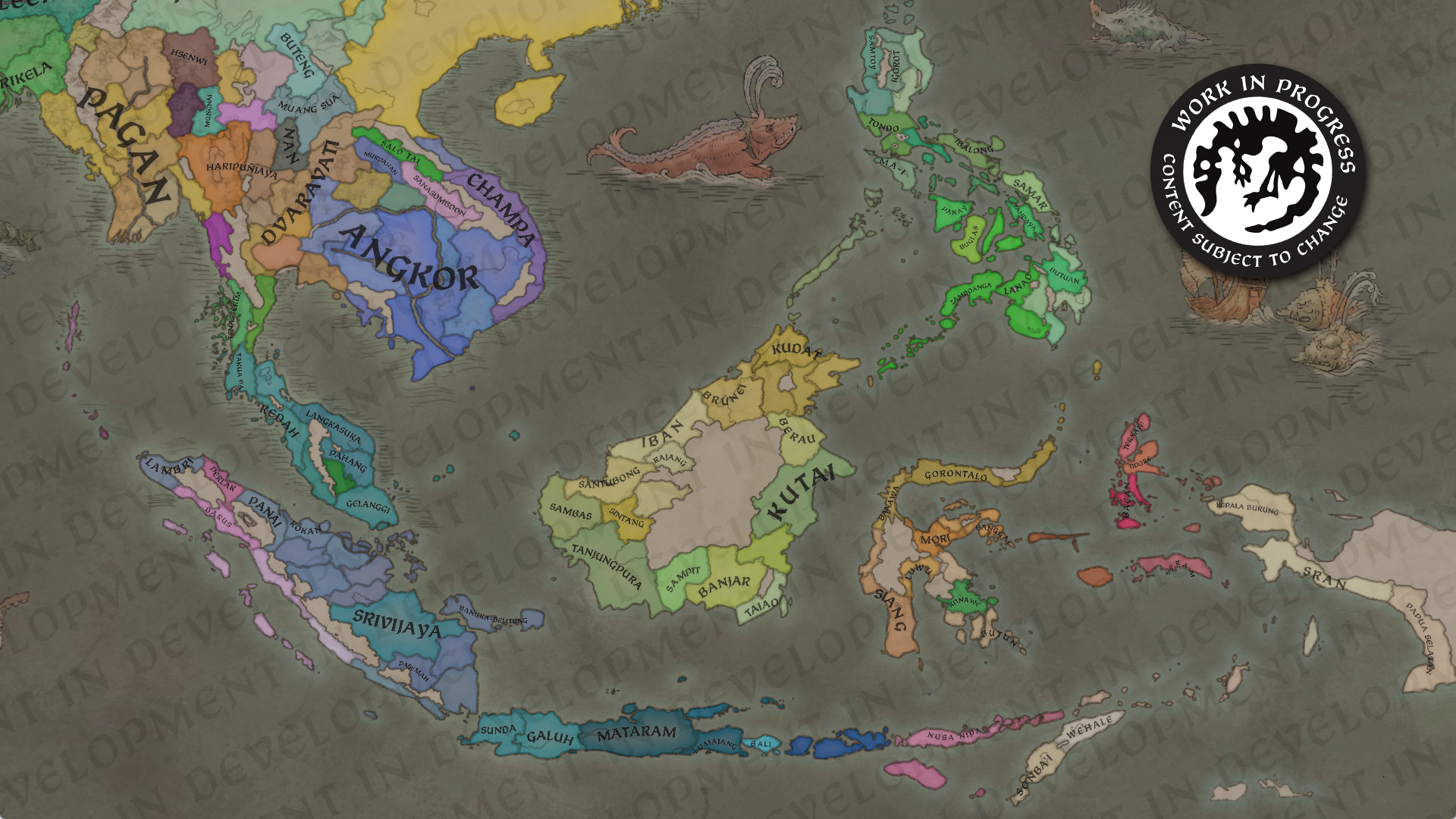 \[Screenshot of Southeast Asia in the 867 start]
\[Screenshot of Southeast Asia in the 867 start]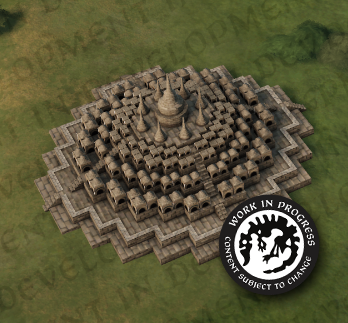
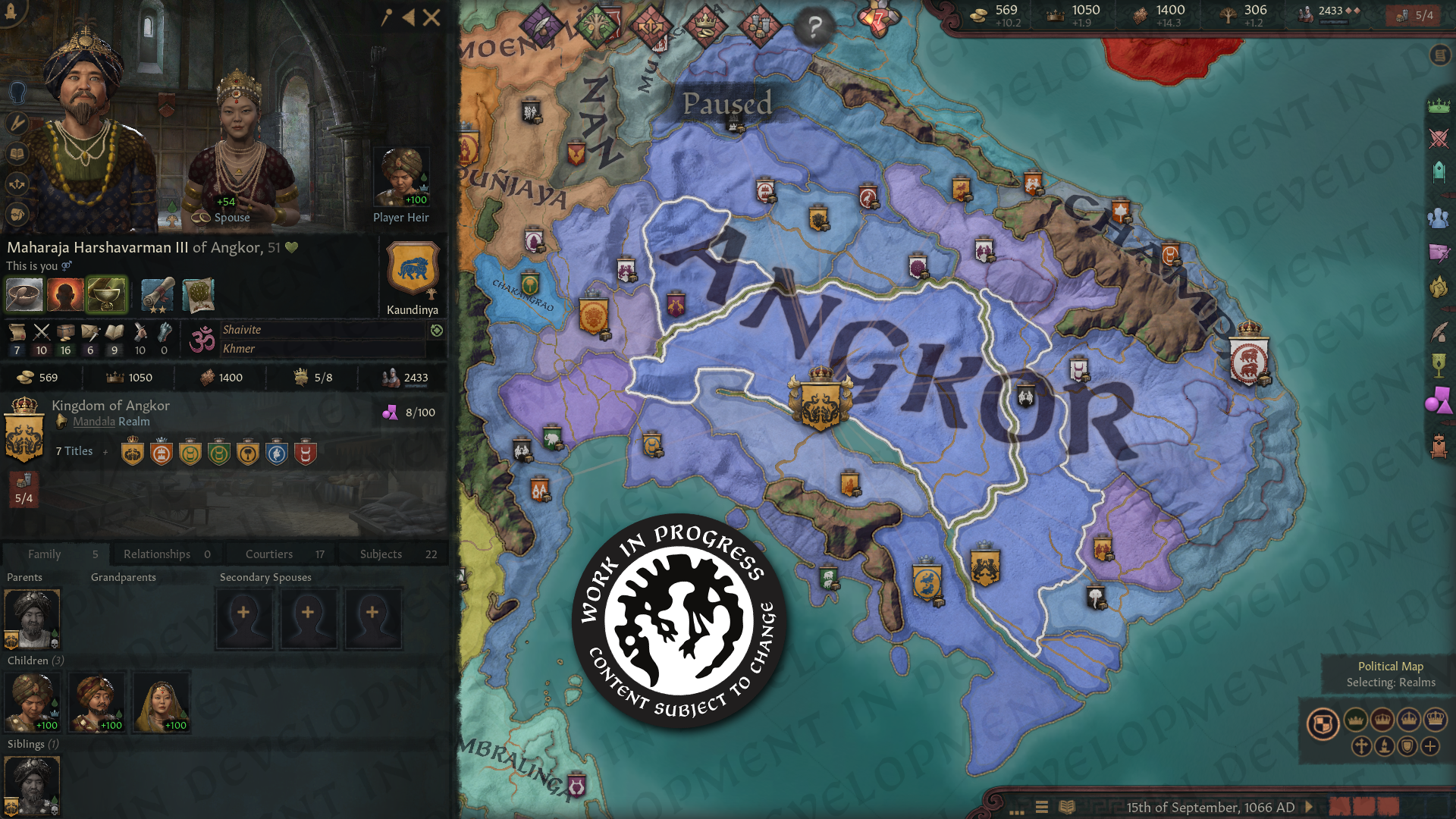

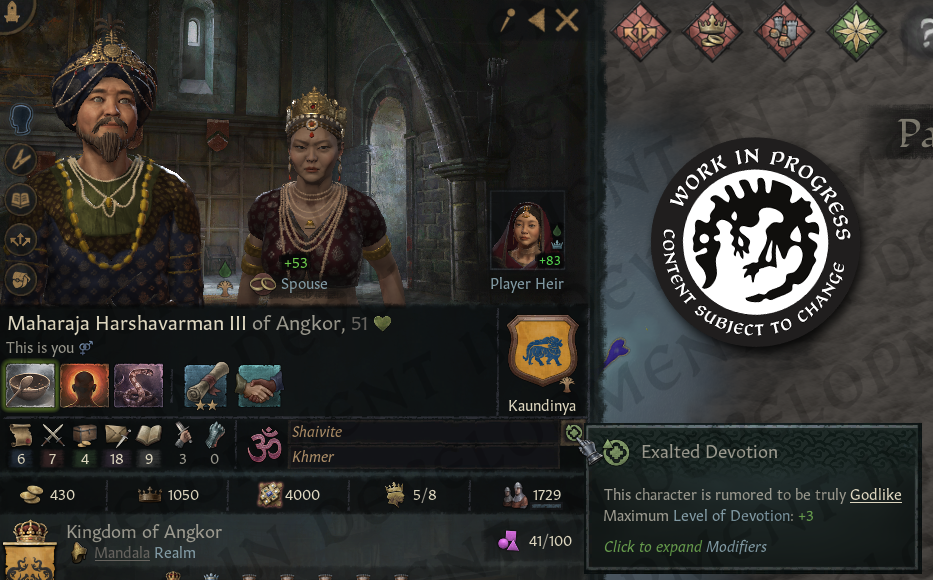 \[A truly Godlike Ruler of Angkor]
\[A truly Godlike Ruler of Angkor]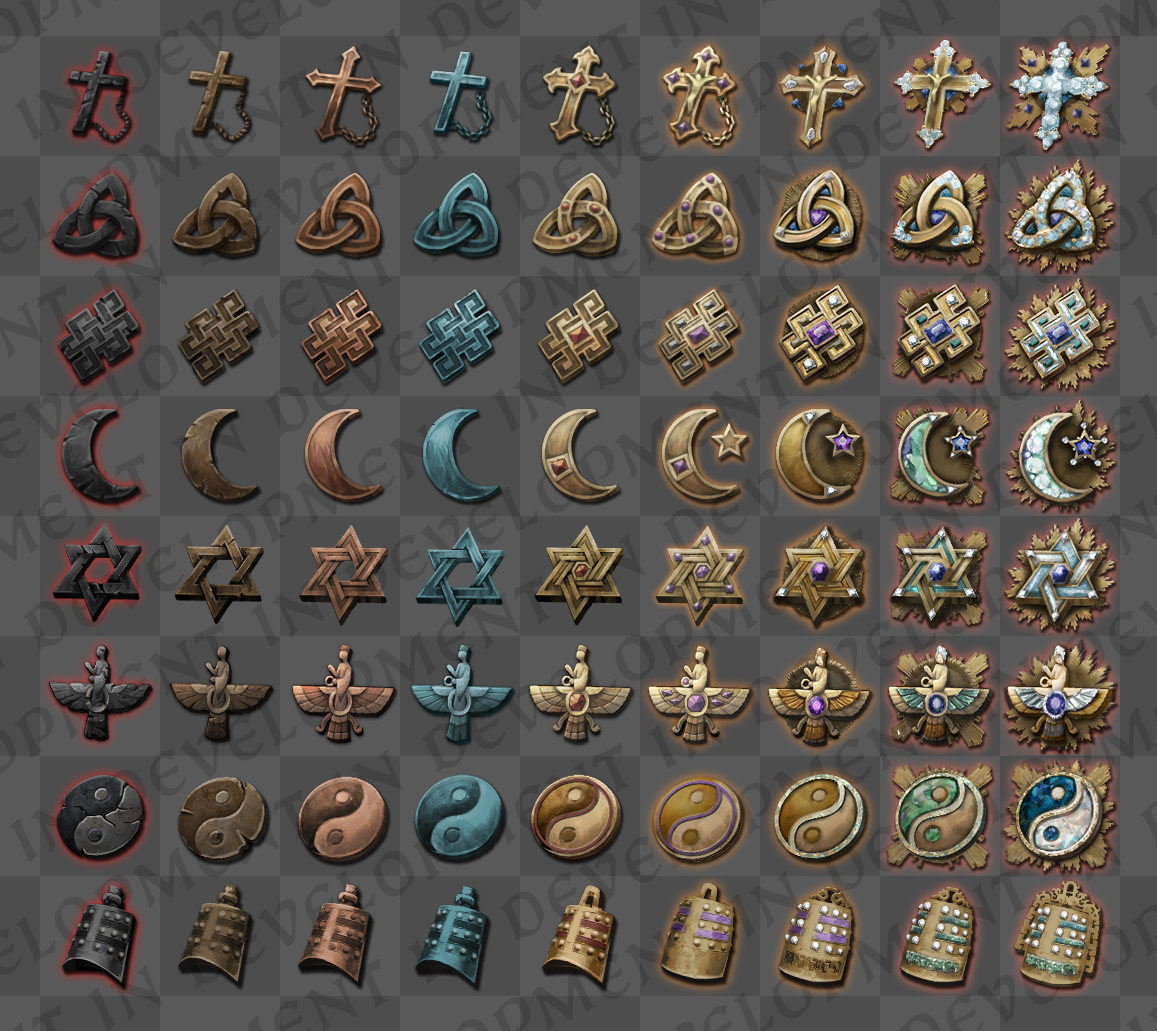 \[9 levels of devotion in a grid, ranking from Sinner to Godlike]
\[9 levels of devotion in a grid, ranking from Sinner to Godlike]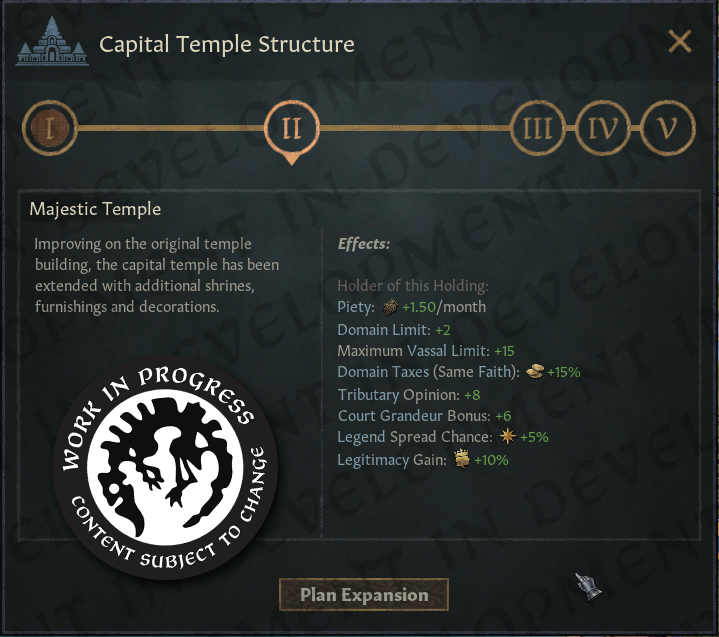

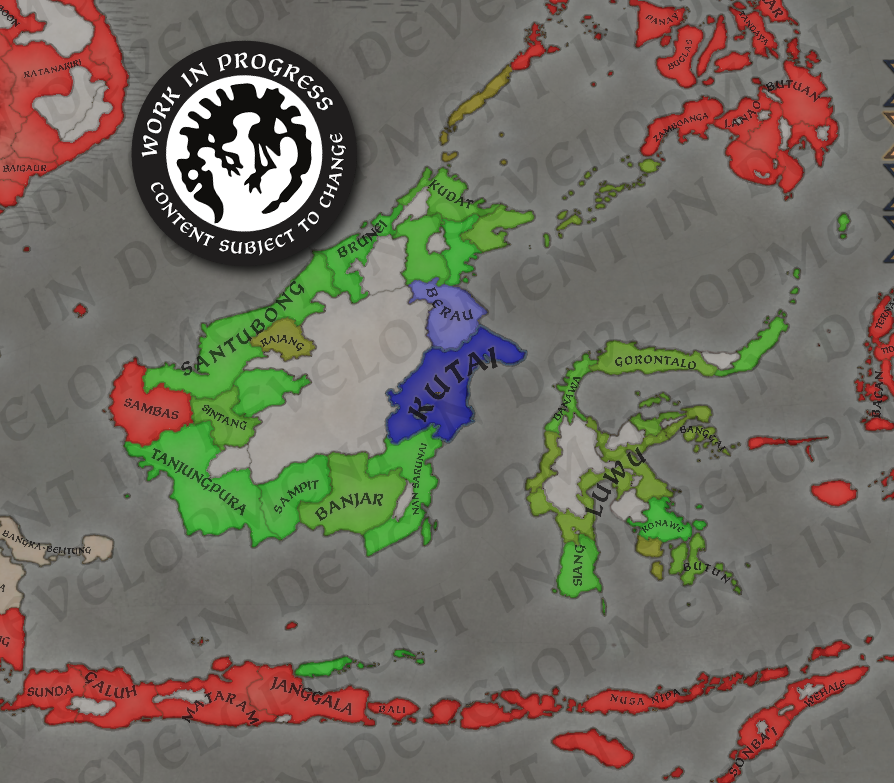
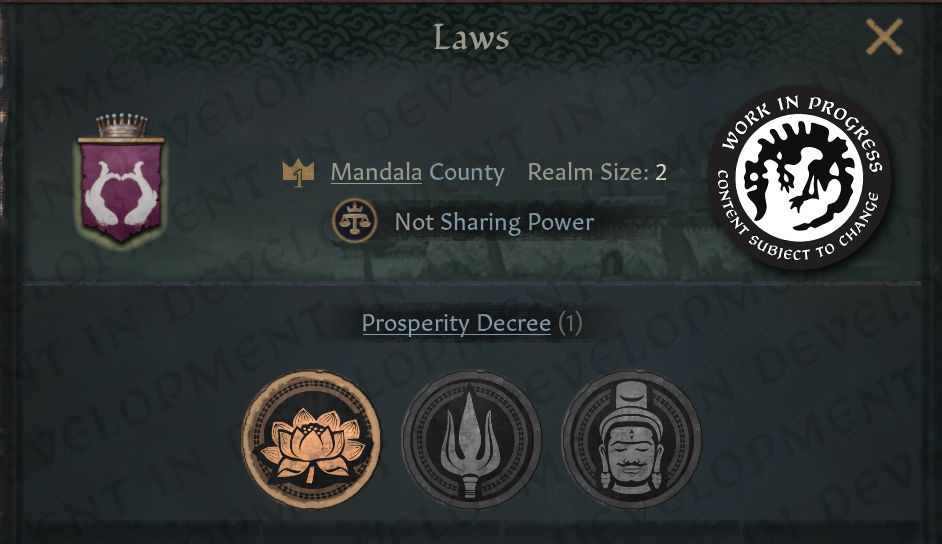 \[Image of the Mandala Laws window, depicting the Decrees]
\[Image of the Mandala Laws window, depicting the Decrees]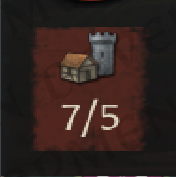
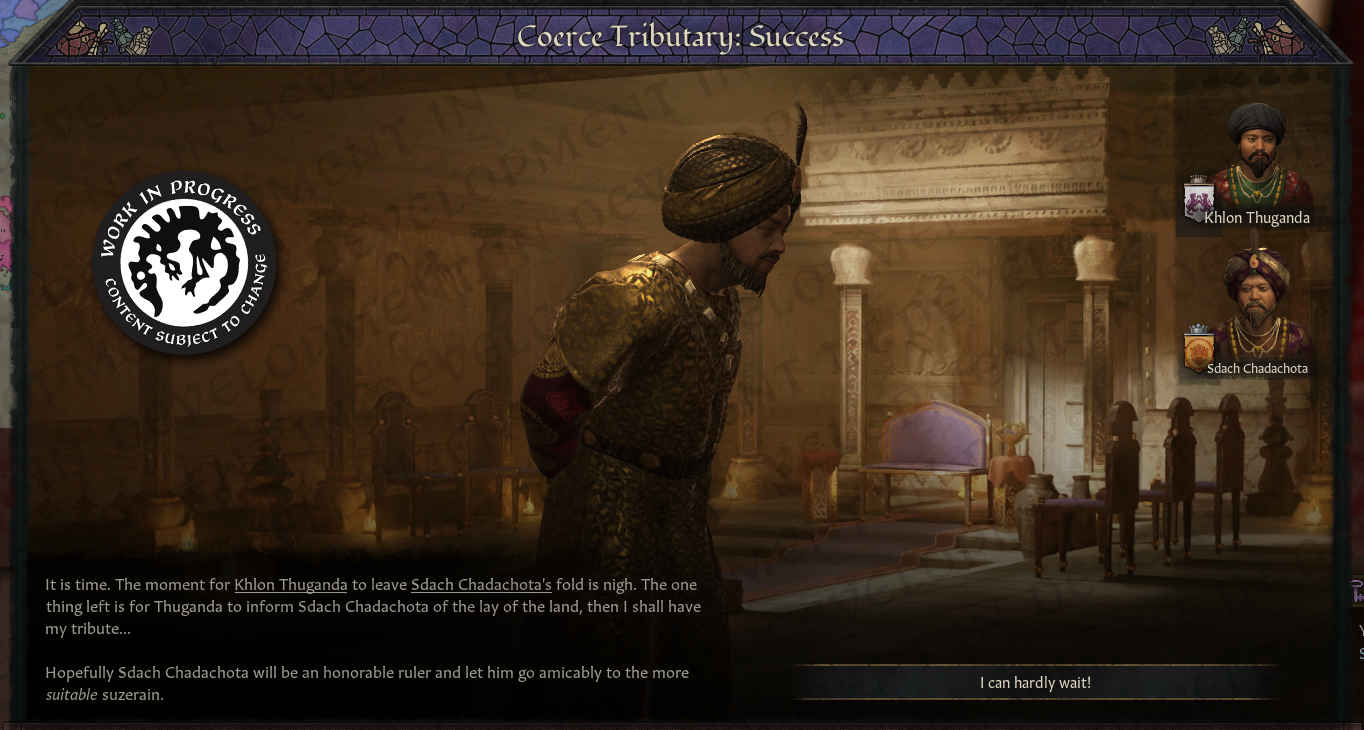 \[The Mandala Ruler is anticipating the outcome of the successful Coerce Tributary scheme - events are still Work in Progress!]
\[The Mandala Ruler is anticipating the outcome of the successful Coerce Tributary scheme - events are still Work in Progress!]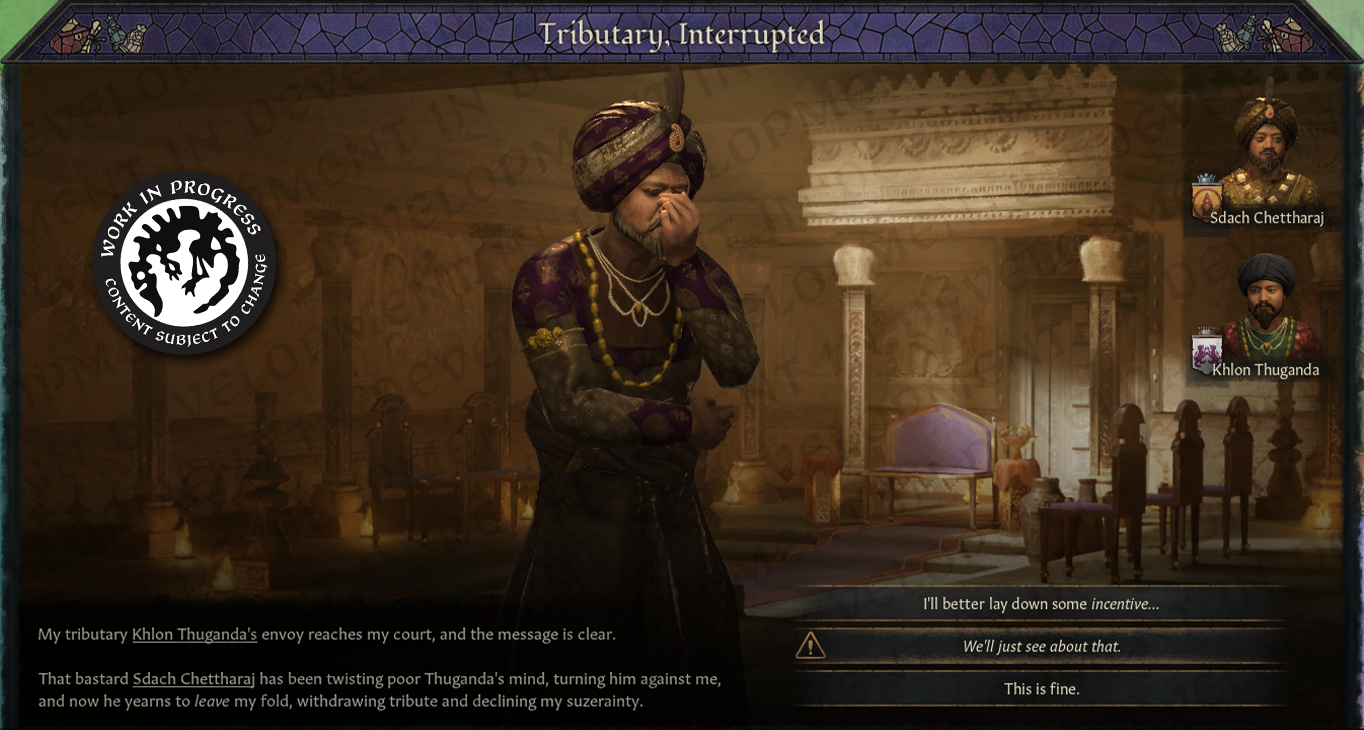 \[The Suzerain of the targeted Tributary gets the option to intervene in the Coerce Tributary scheme - events are still Work in Progress!]
\[The Suzerain of the targeted Tributary gets the option to intervene in the Coerce Tributary scheme - events are still Work in Progress!]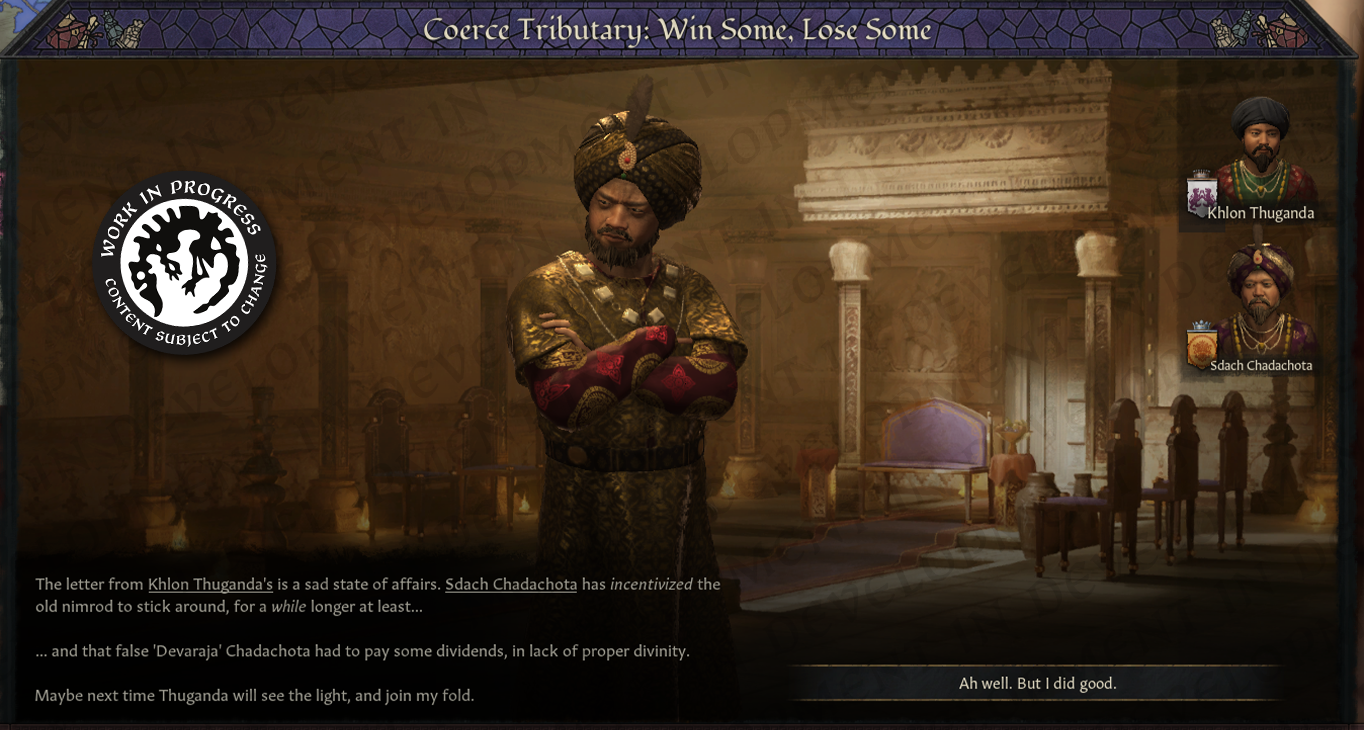 \[The target of Coerce Tributary was incentivized to stick around, costing the Suzerain a bunch of resources - events are still Work in Progress!]
\[The target of Coerce Tributary was incentivized to stick around, costing the Suzerain a bunch of resources - events are still Work in Progress!]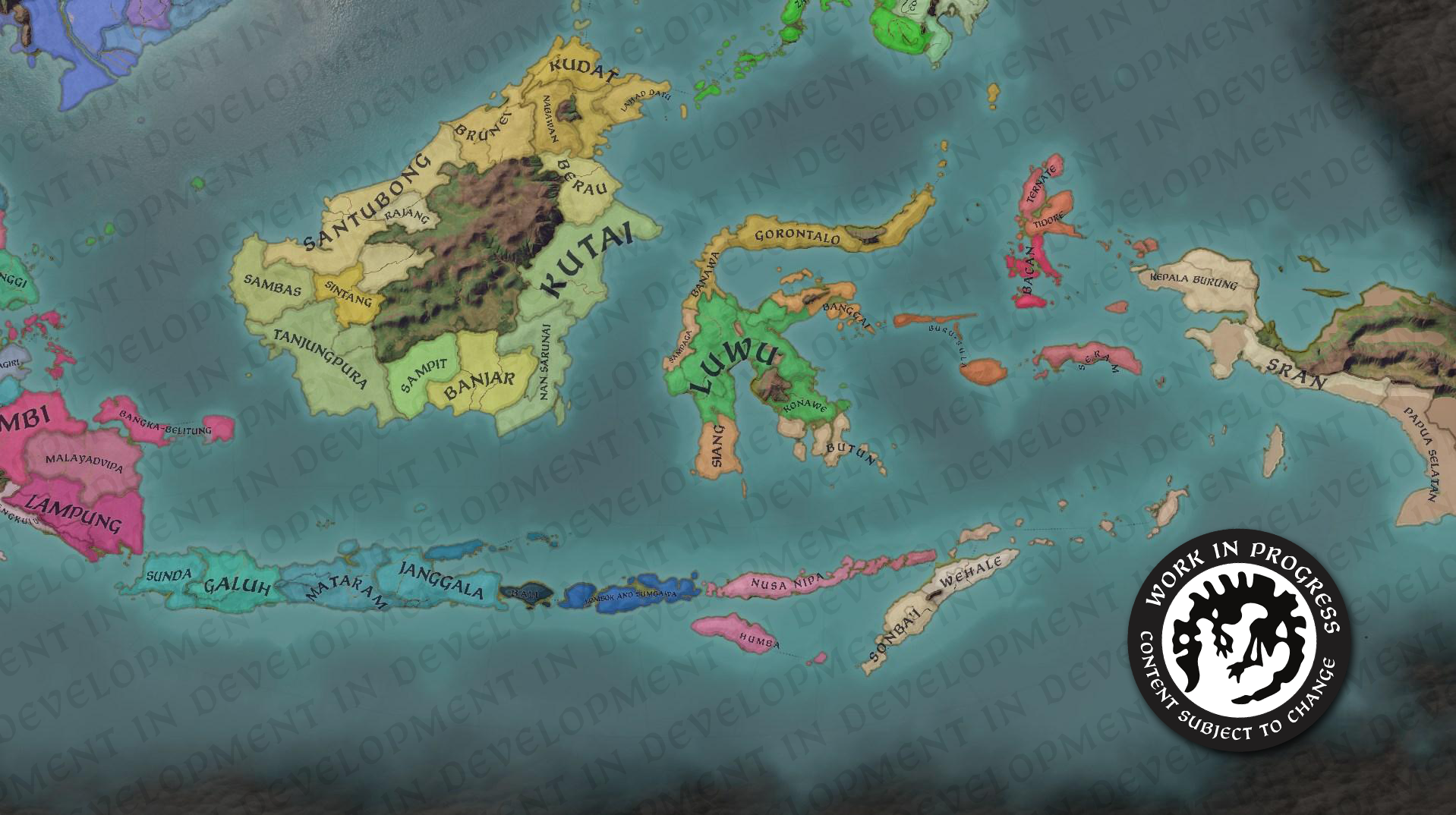 \[Screenshot of Maritime Southeast Asia in 1066]
\[Screenshot of Maritime Southeast Asia in 1066]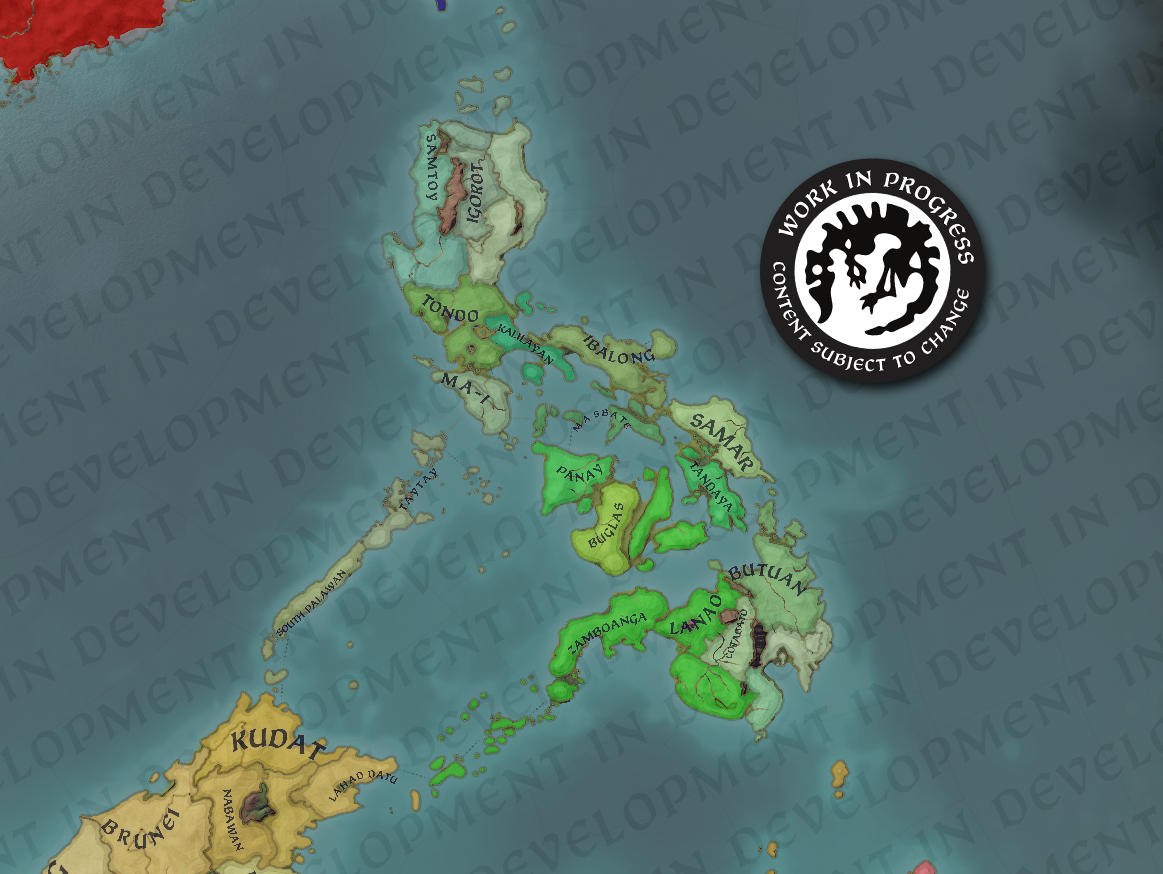
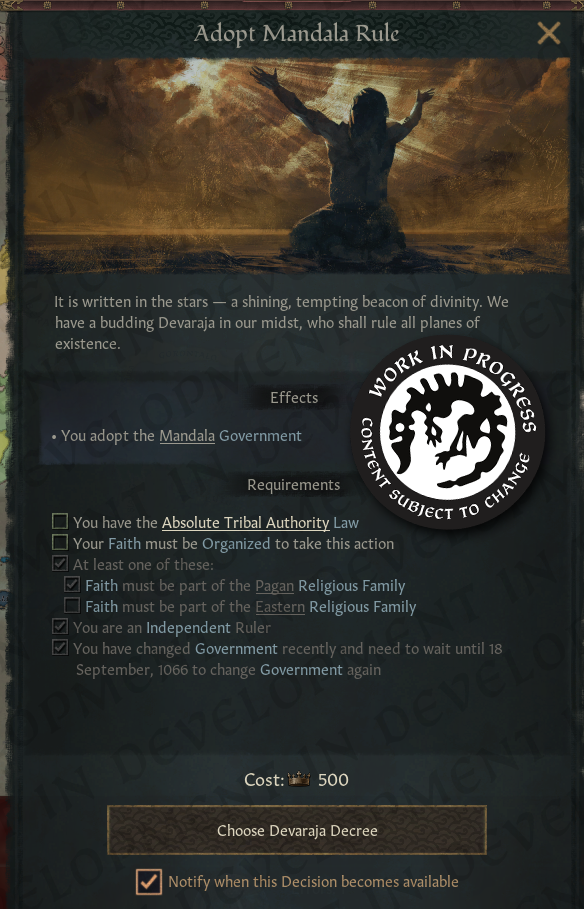
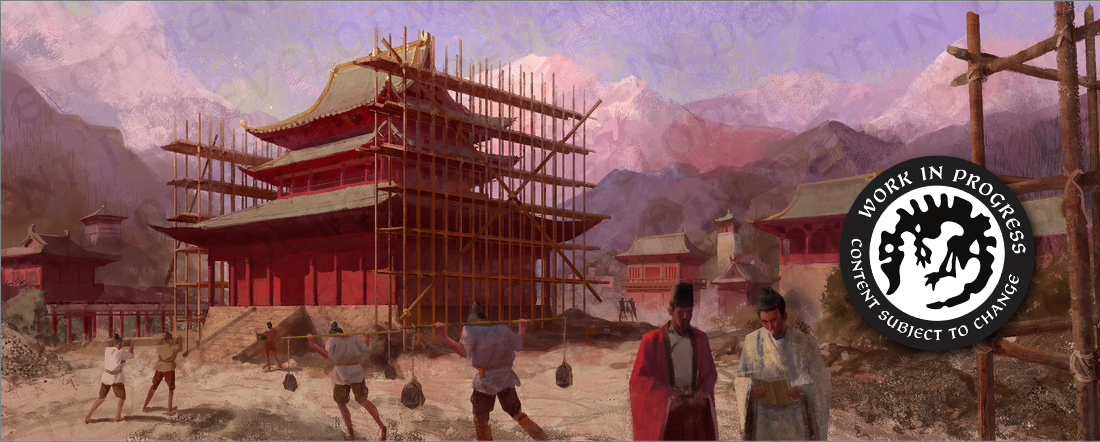
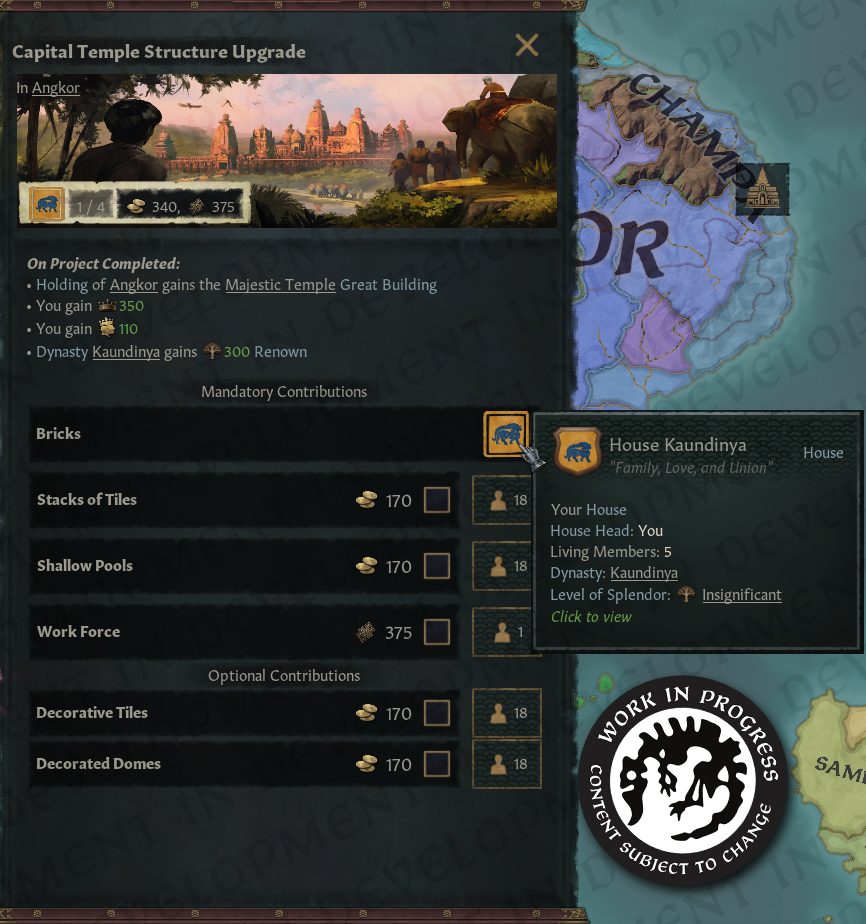
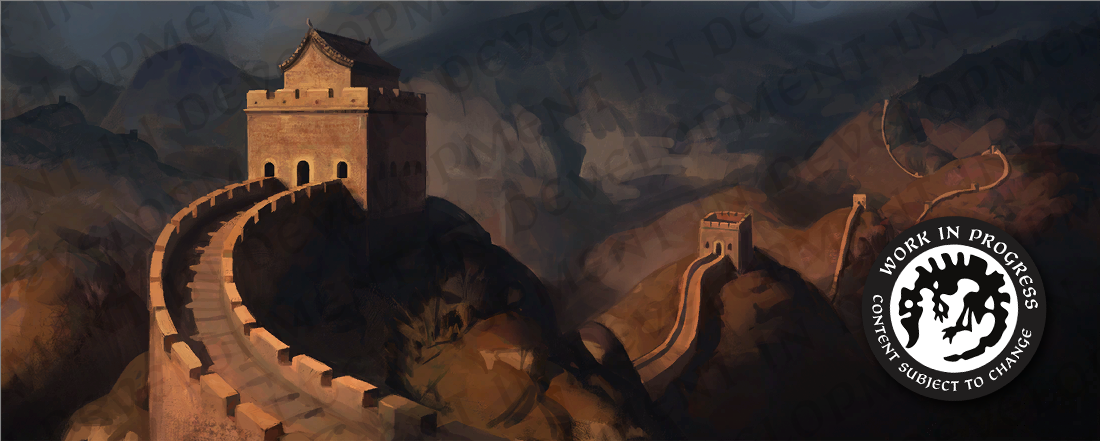
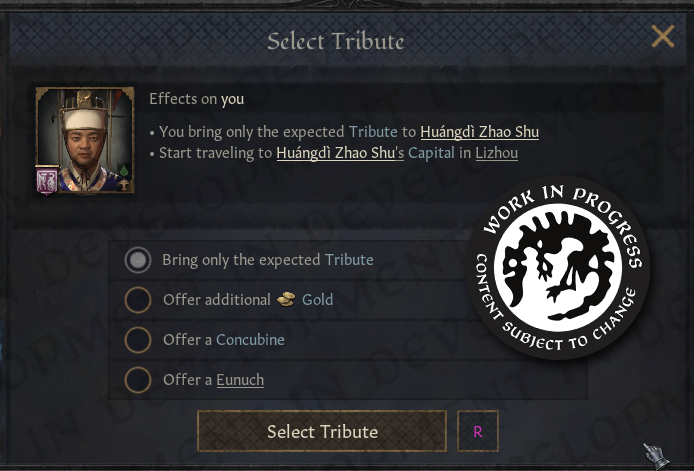
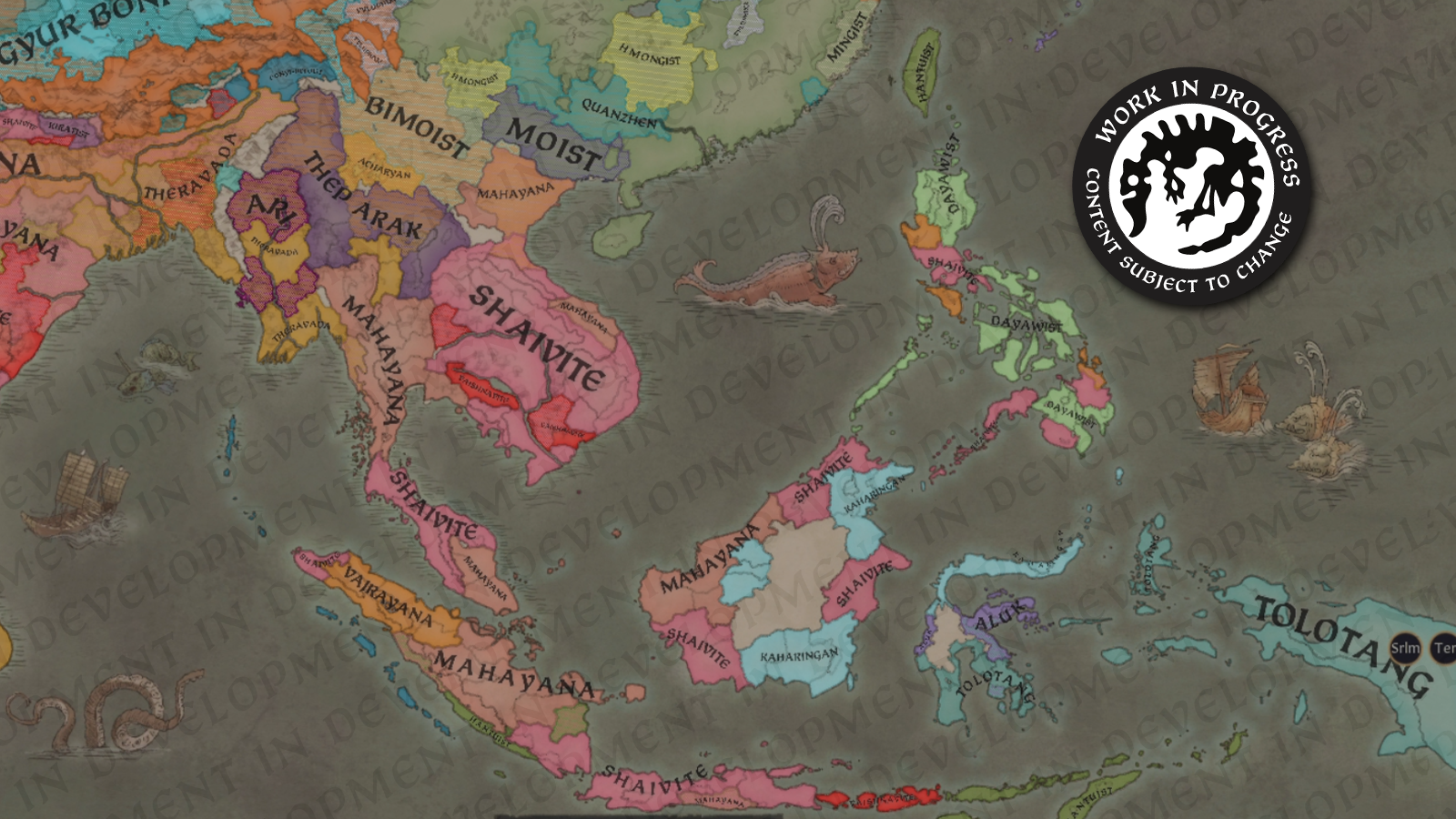 \[Faiths 867]
\[Faiths 867]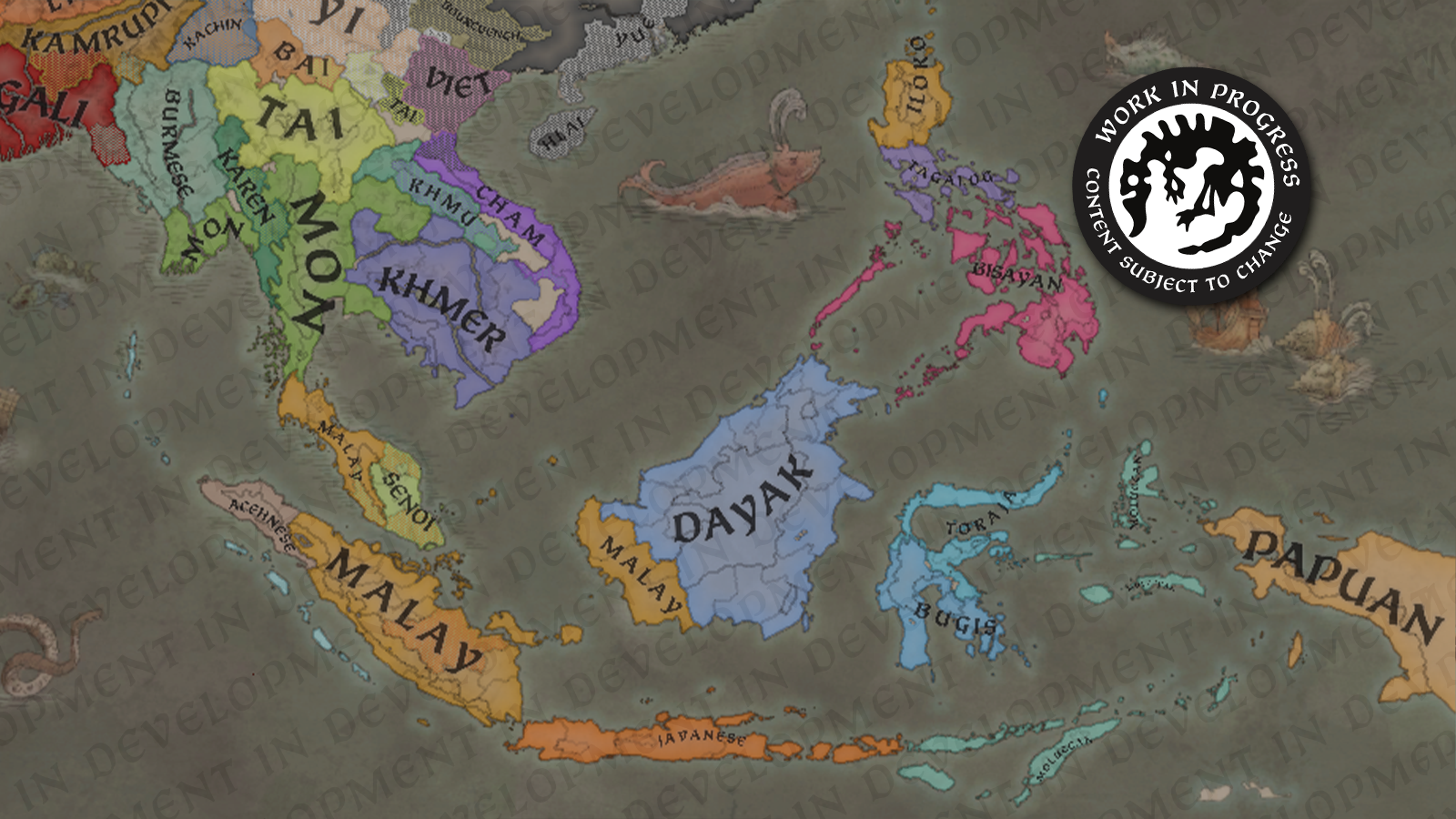 When it comes to cultures, the region is even more diverse in many ways. Notably, the Tai peoples are still found mostly in its northern parts. Historically, offshoots from this group would come to be politically dominant in many parts of the mainland, from modern Laos and Thailand, to Assam in northern India (the area labeled “Kamrupi” on this map).
When it comes to cultures, the region is even more diverse in many ways. Notably, the Tai peoples are still found mostly in its northern parts. Historically, offshoots from this group would come to be politically dominant in many parts of the mainland, from modern Laos and Thailand, to Assam in northern India (the area labeled “Kamrupi” on this map).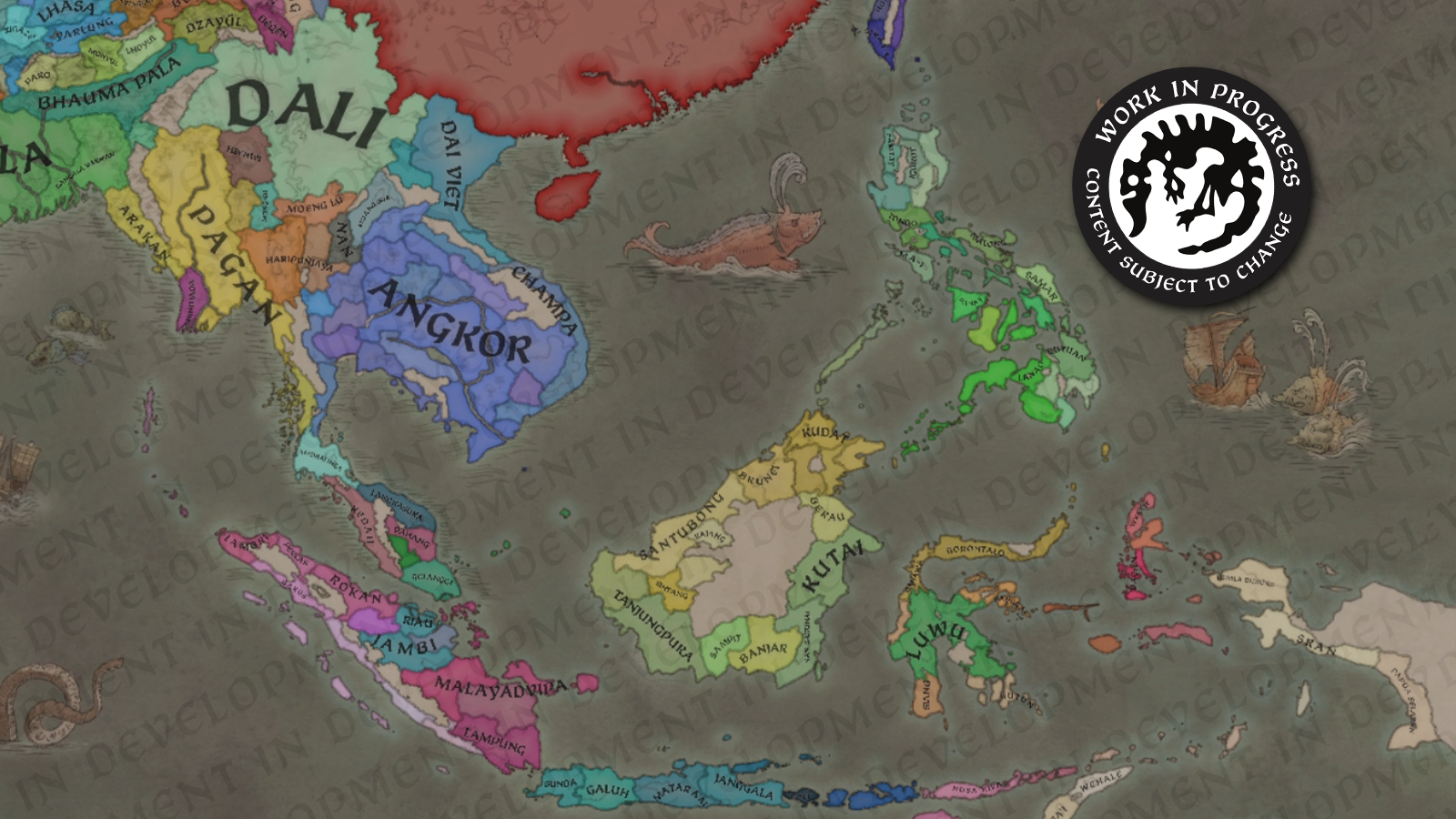 This is a screenshot of the political situation in 1066, with the Song empire looming over the region in the north. The Srivijaya Empire (which was alive and well in the initial screenshot at the beginning of this diary) has been shattered by a relatively recent Chola invasion from India.
This is a screenshot of the political situation in 1066, with the Song empire looming over the region in the north. The Srivijaya Empire (which was alive and well in the initial screenshot at the beginning of this diary) has been shattered by a relatively recent Chola invasion from India.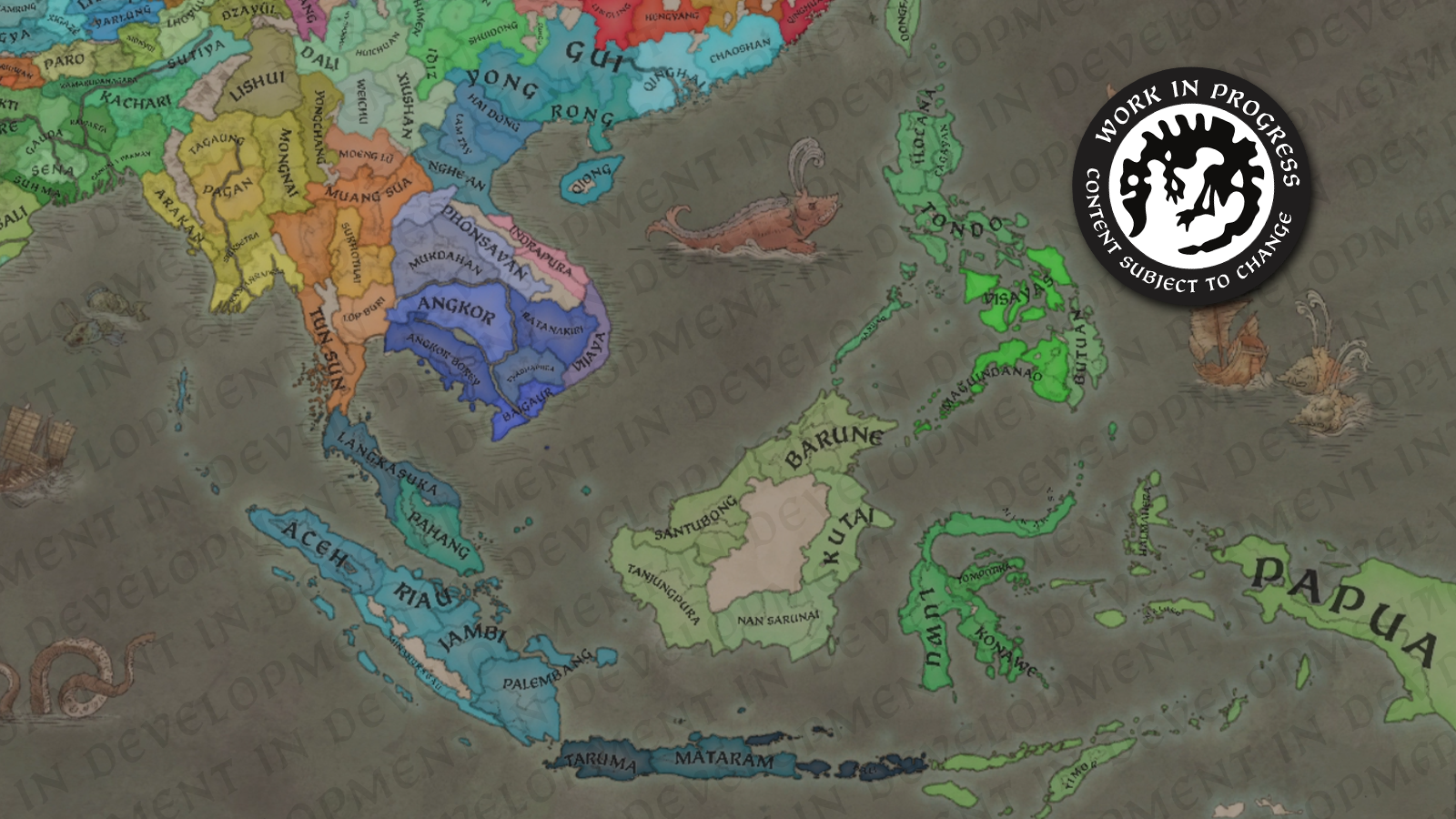 A quick overview of the Duchy mapmode. Many of these are not yet created on game start, as small realms prevail in Southeast Asia. Where other regions have a number of powerful dukes under their Kings, this region often sees duchies divided up between individual tributaries instead.
A quick overview of the Duchy mapmode. Many of these are not yet created on game start, as small realms prevail in Southeast Asia. Where other regions have a number of powerful dukes under their Kings, this region often sees duchies divided up between individual tributaries instead.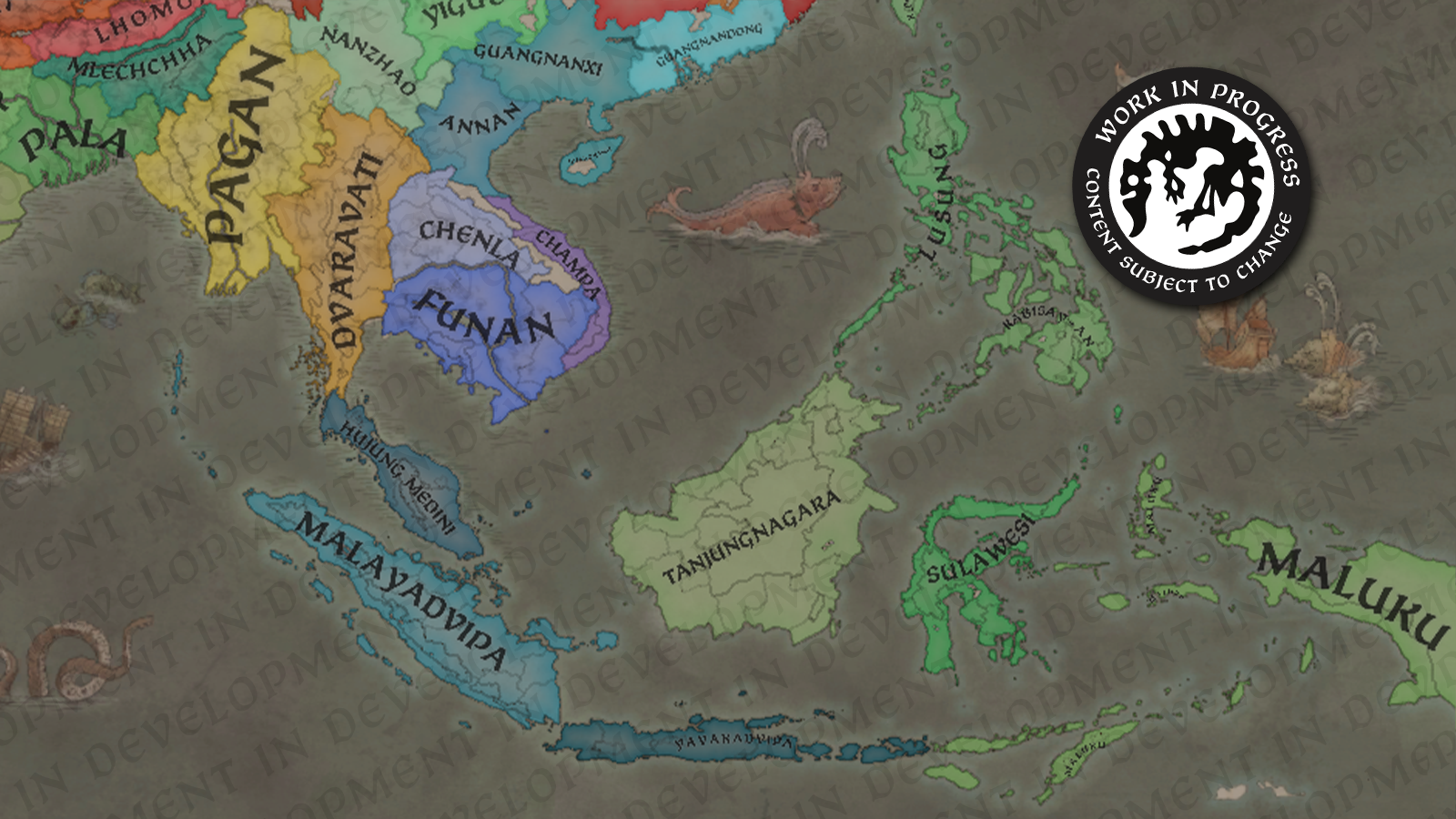 \[De jure kingdoms in 867.]
\[De jure kingdoms in 867.]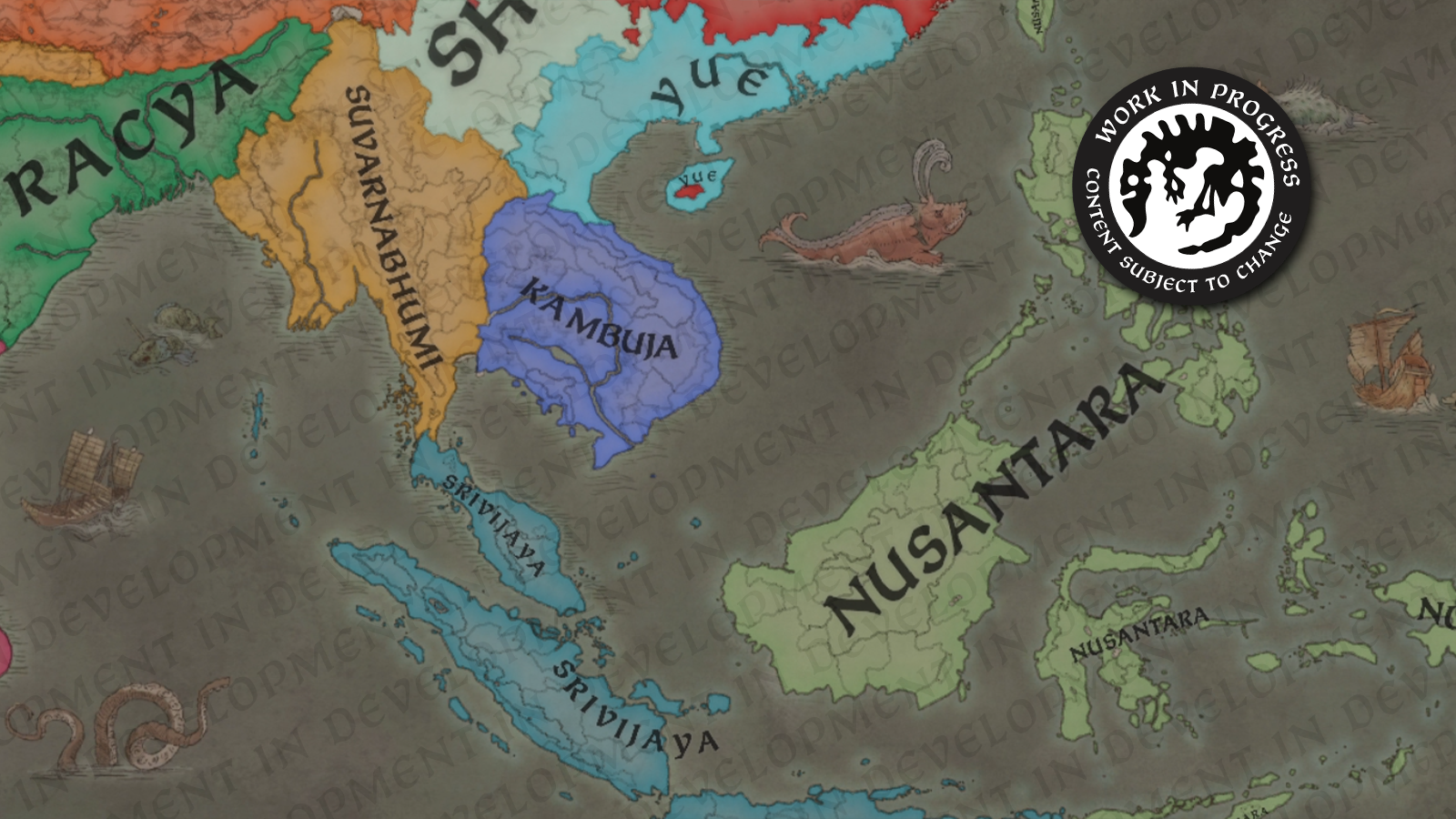






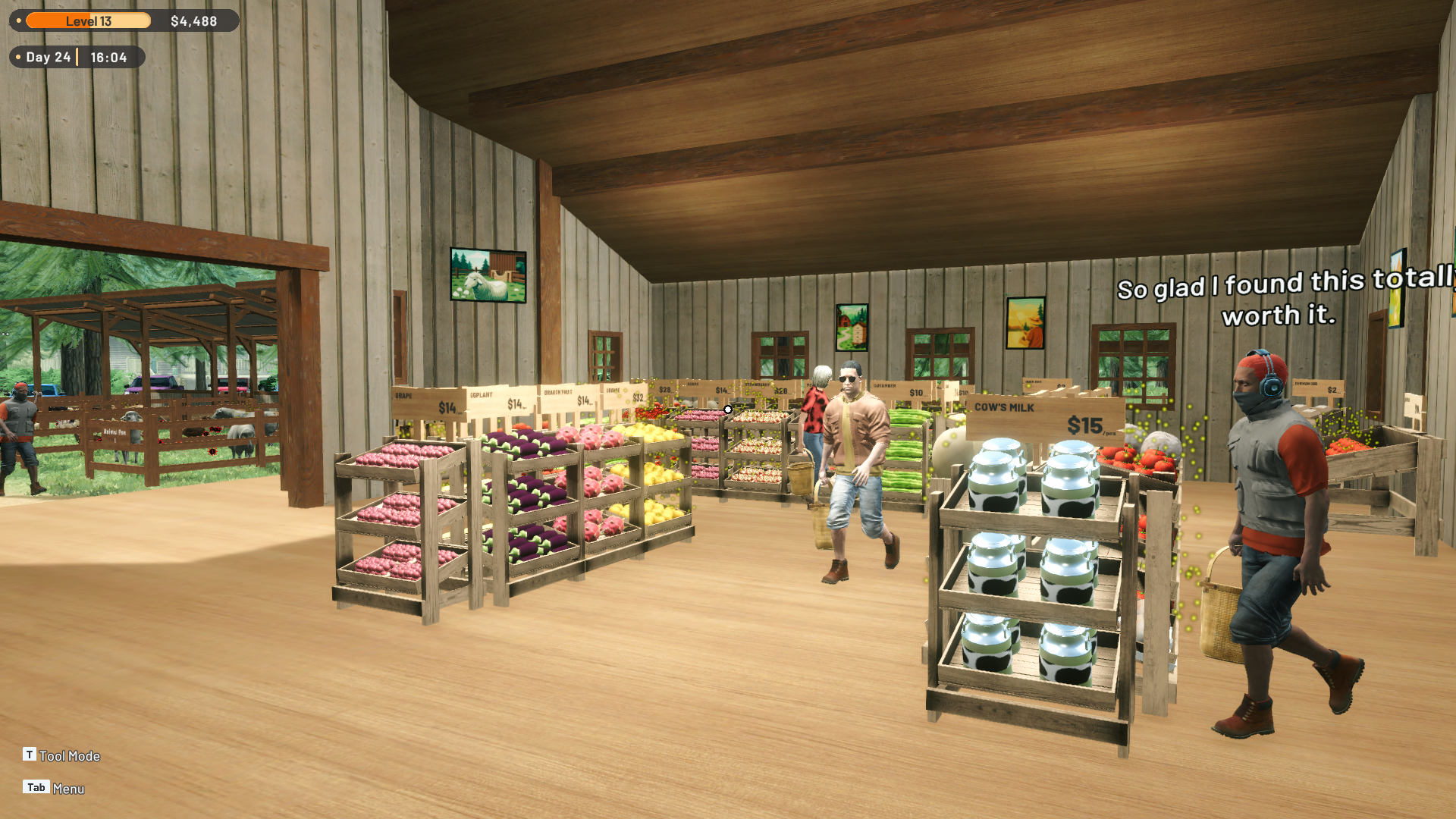
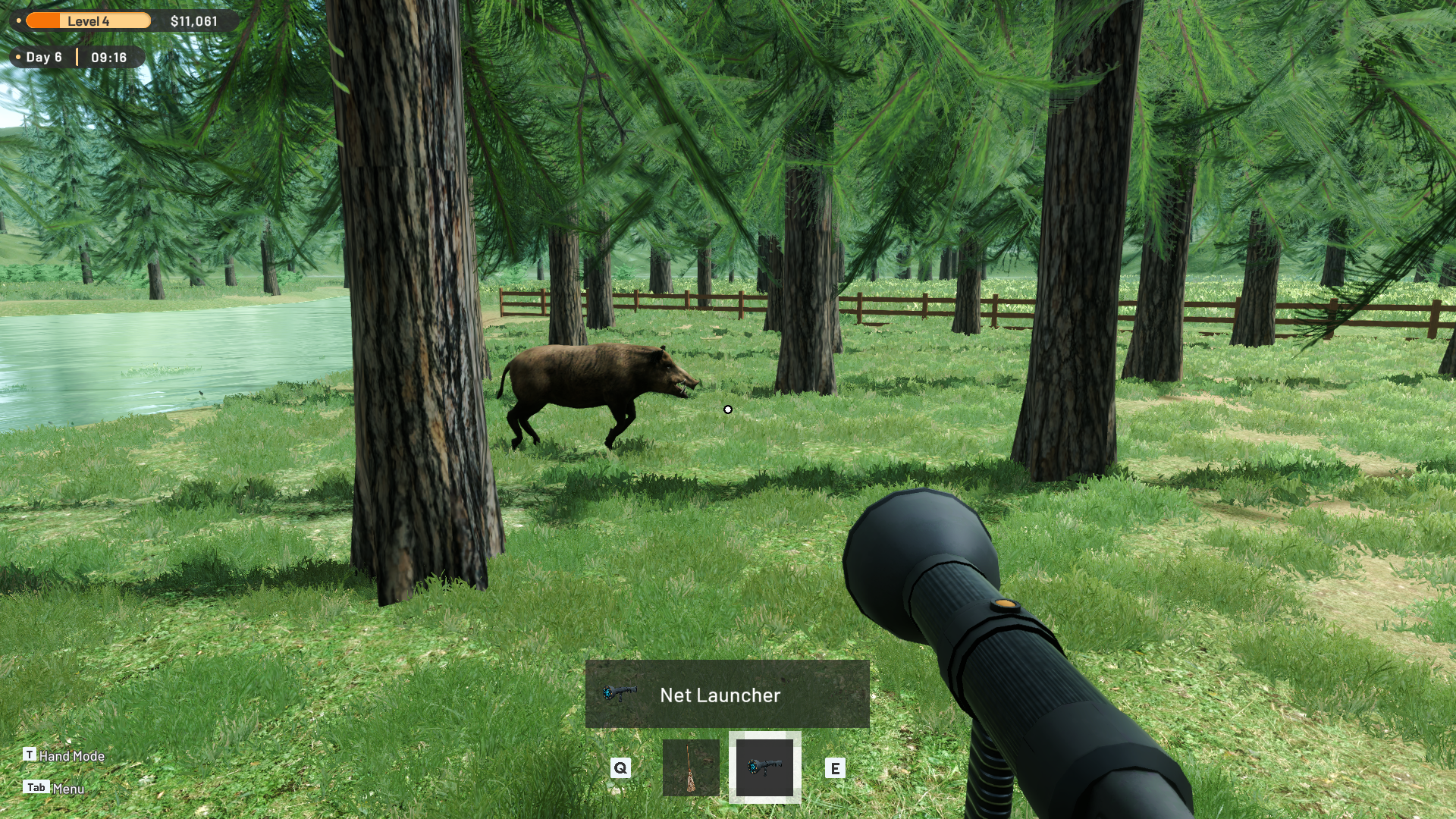
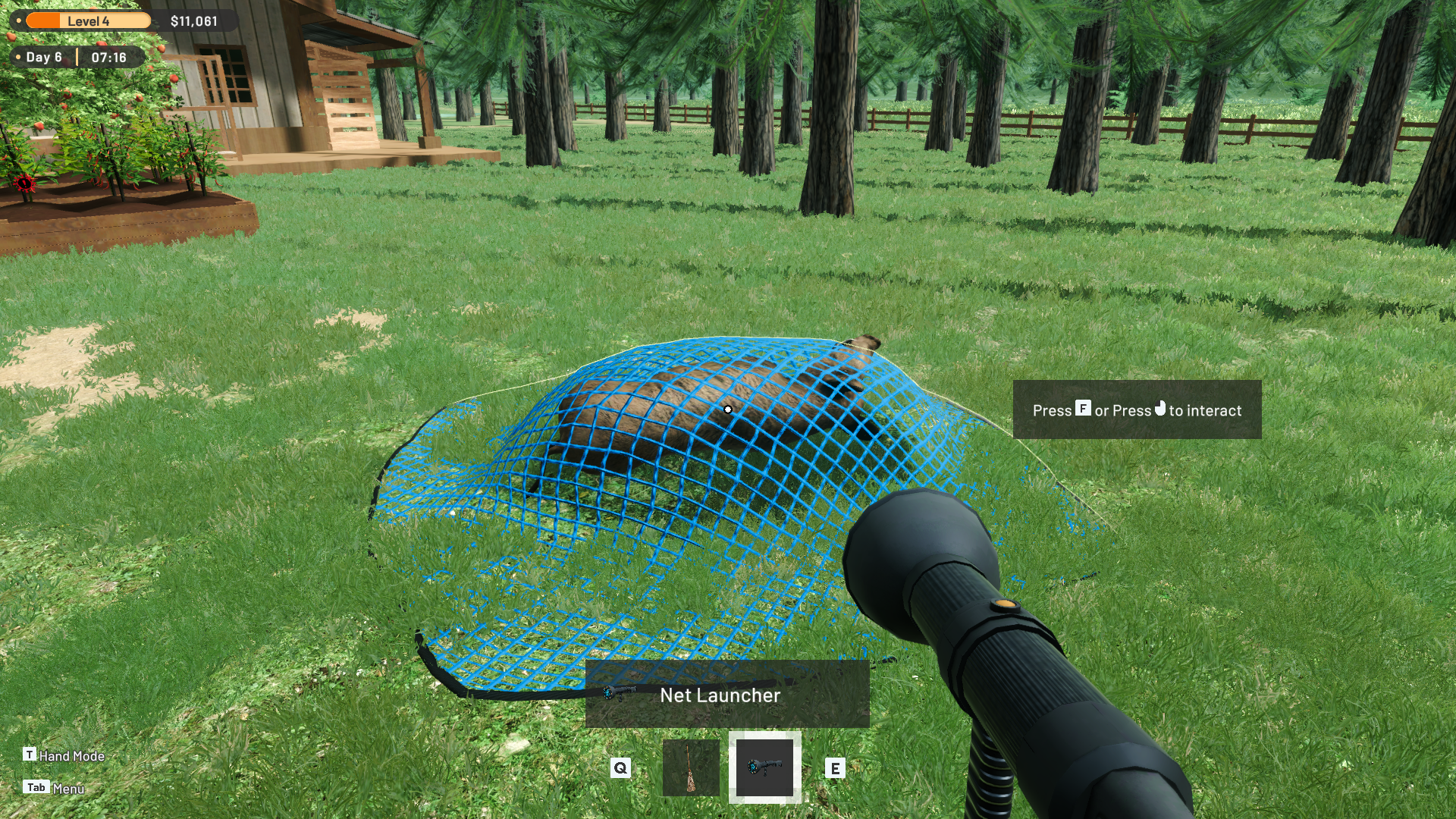
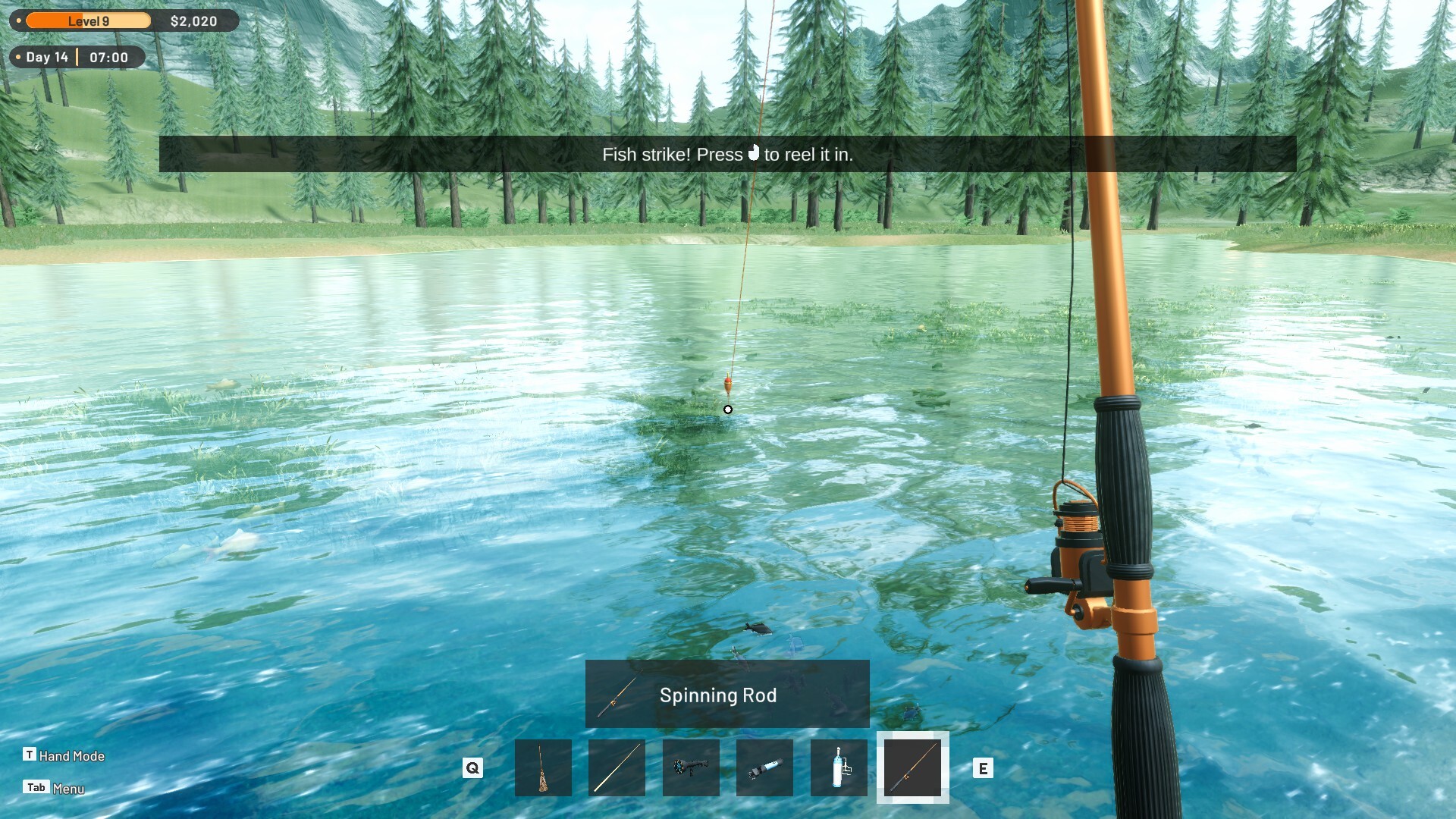
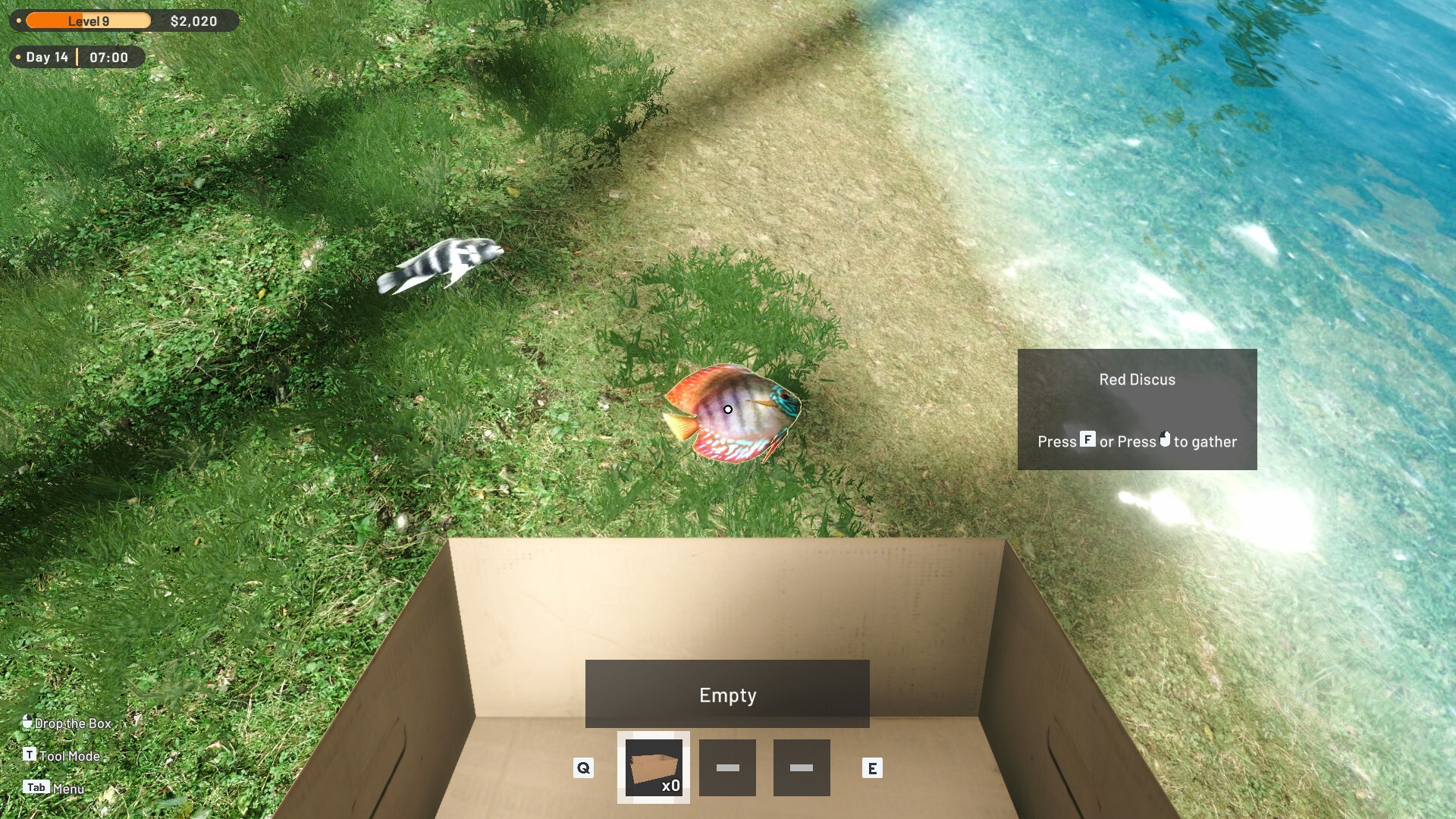

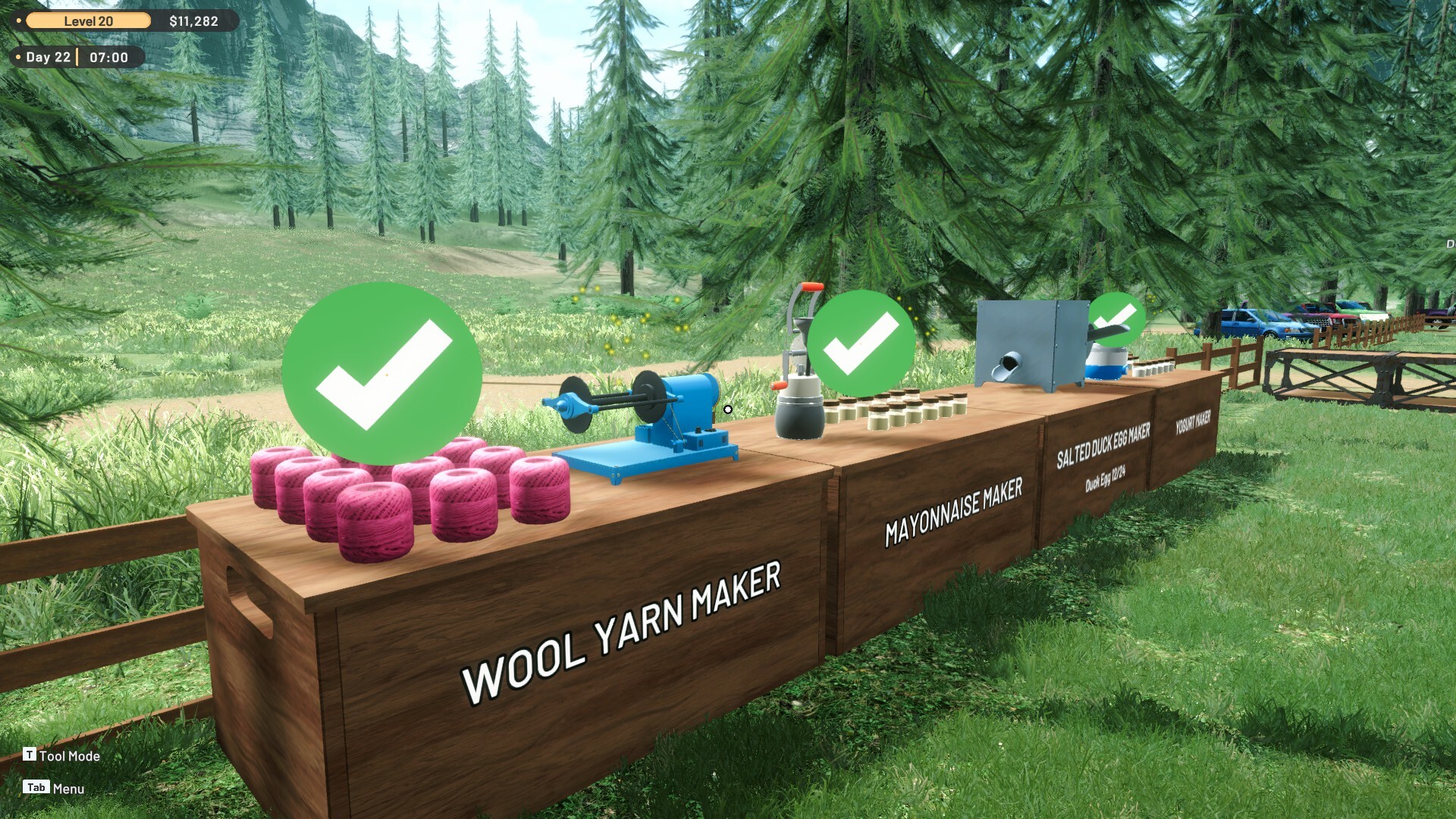
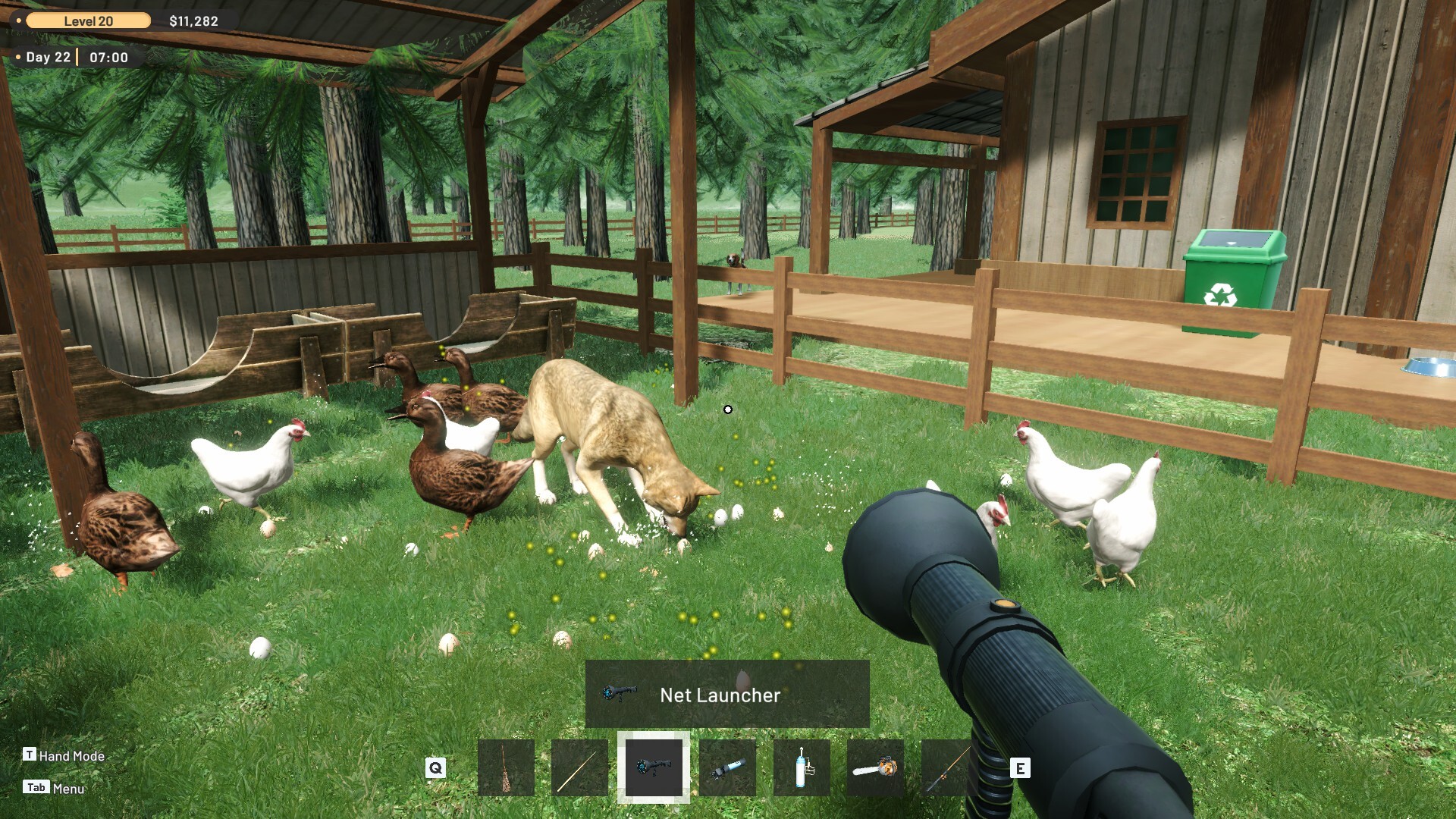
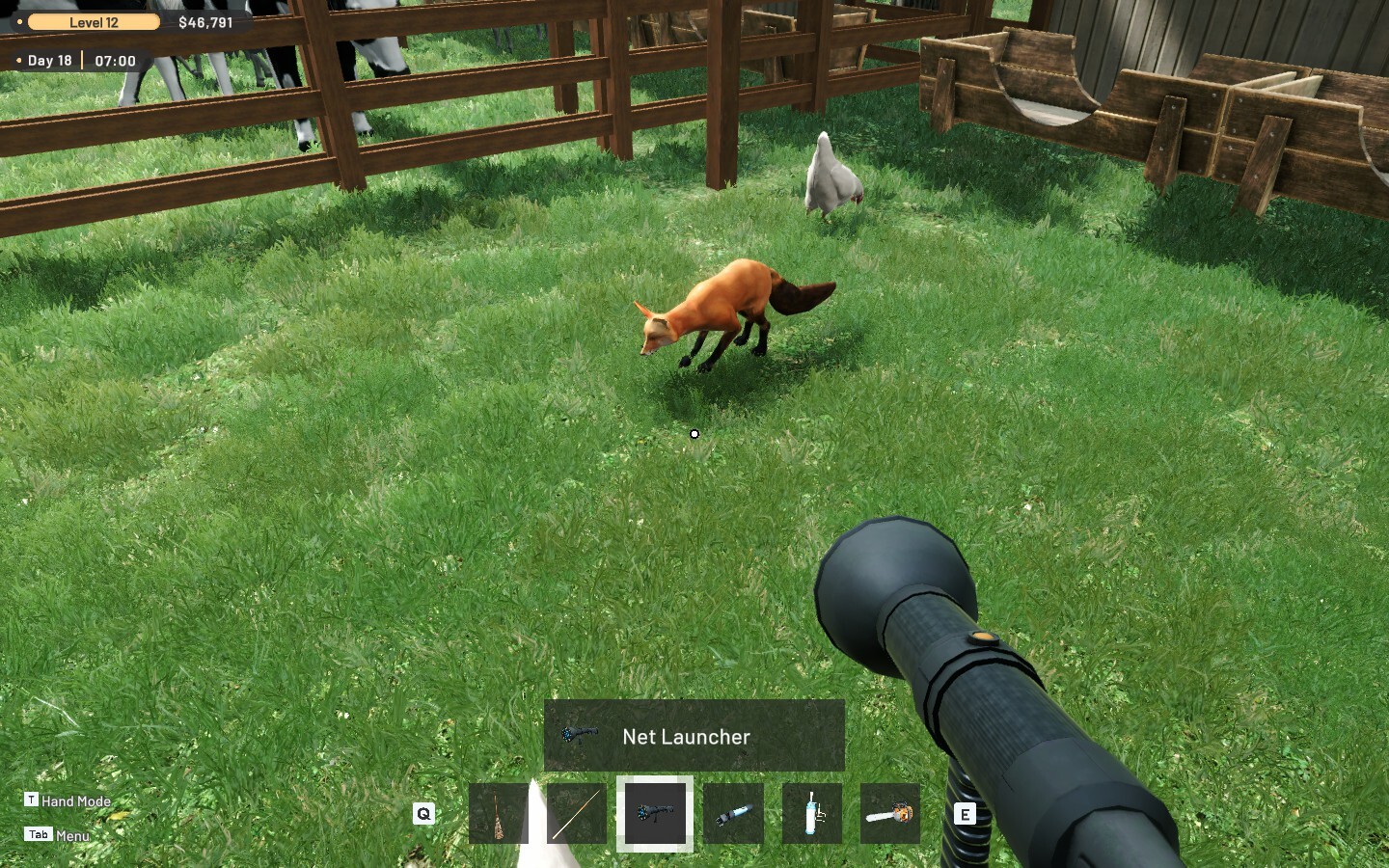
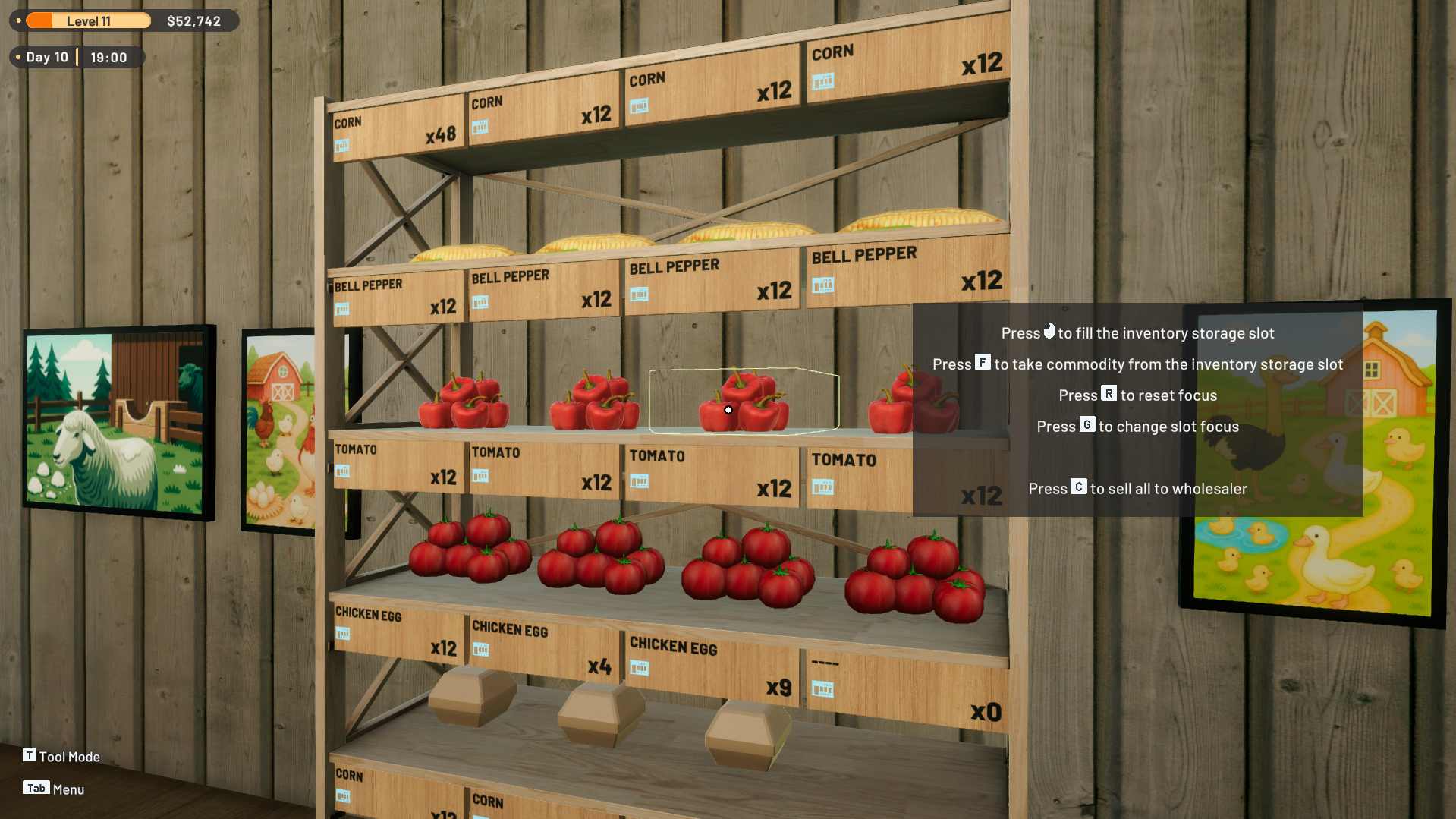
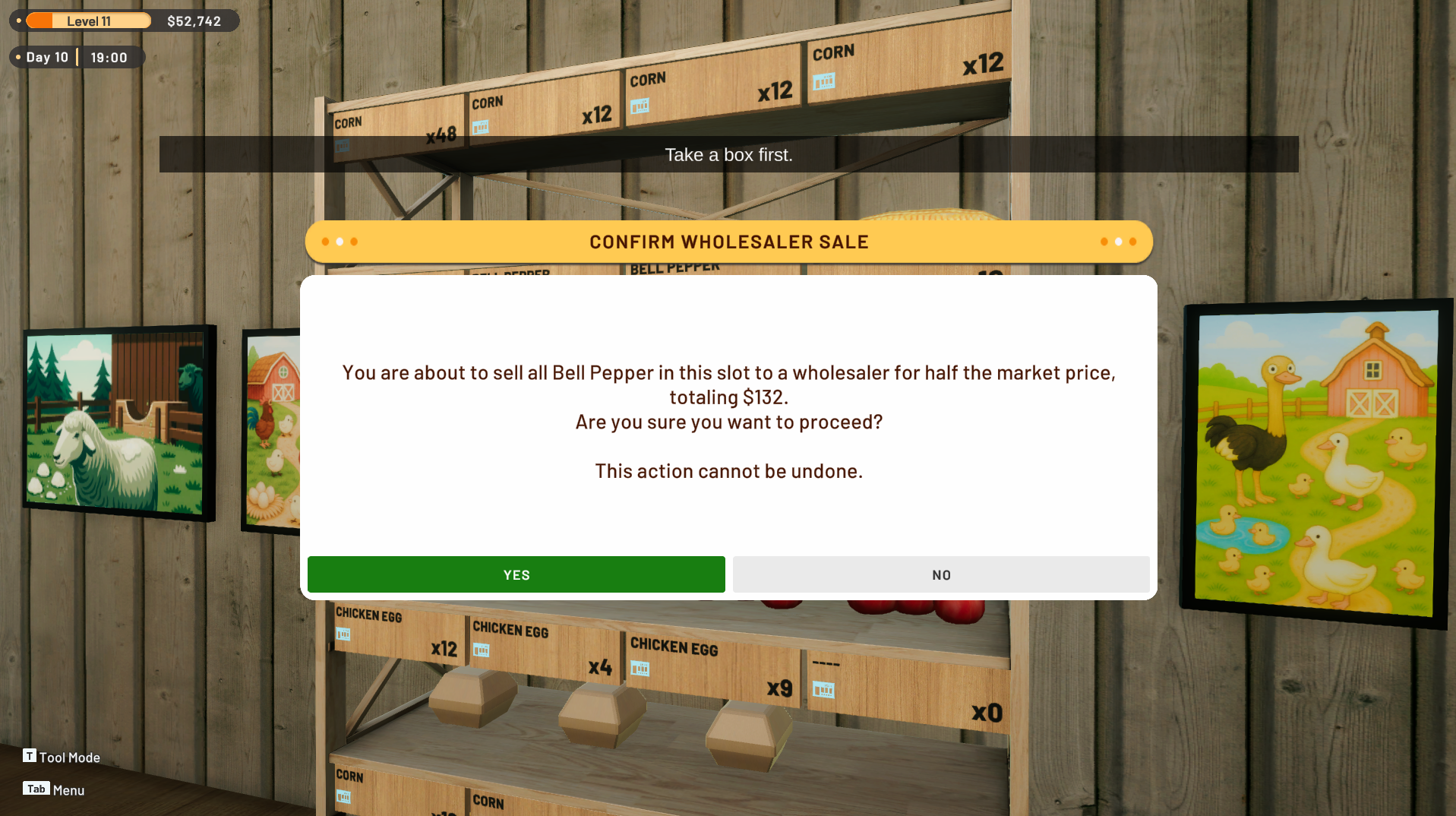
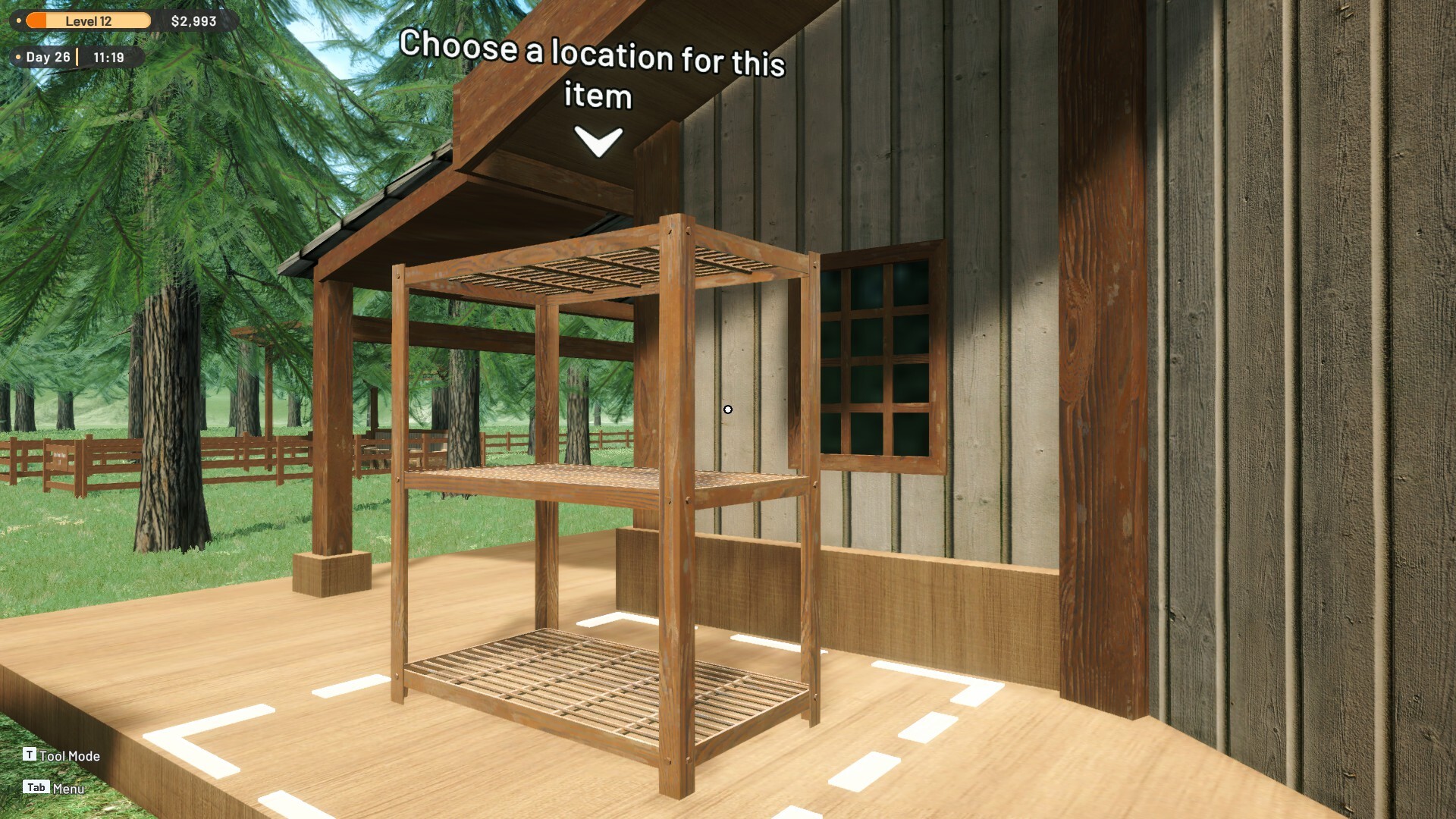
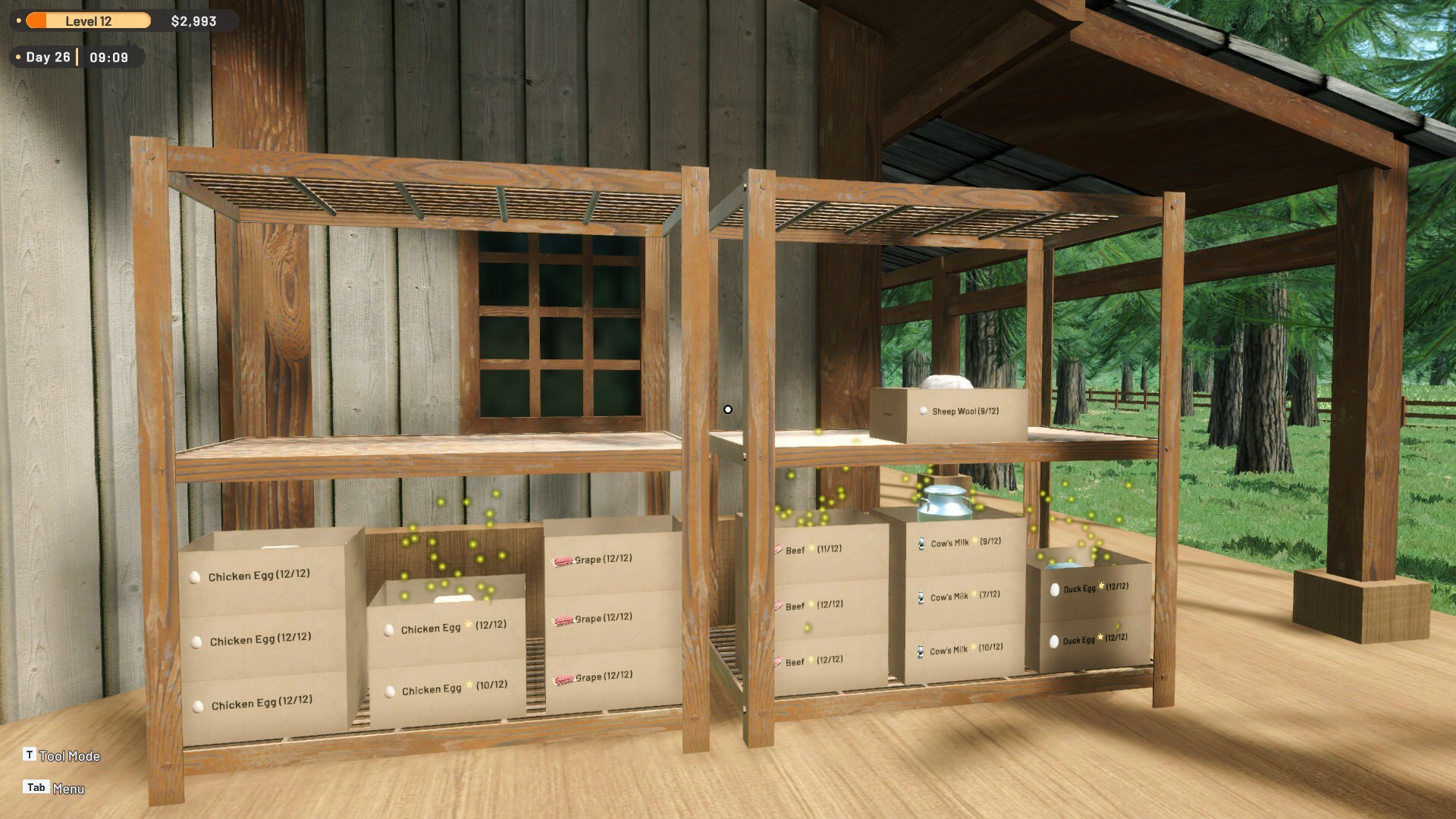
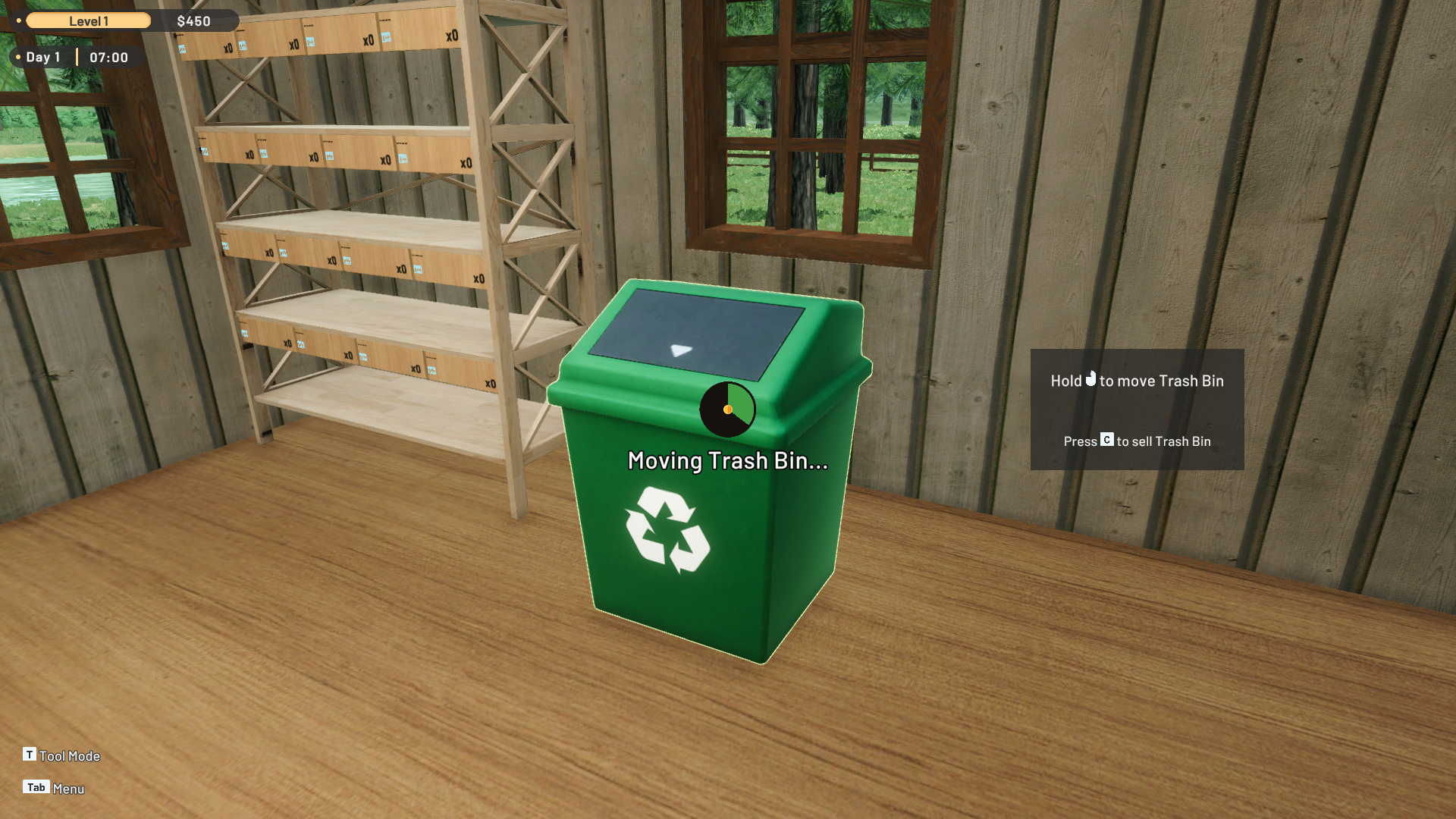
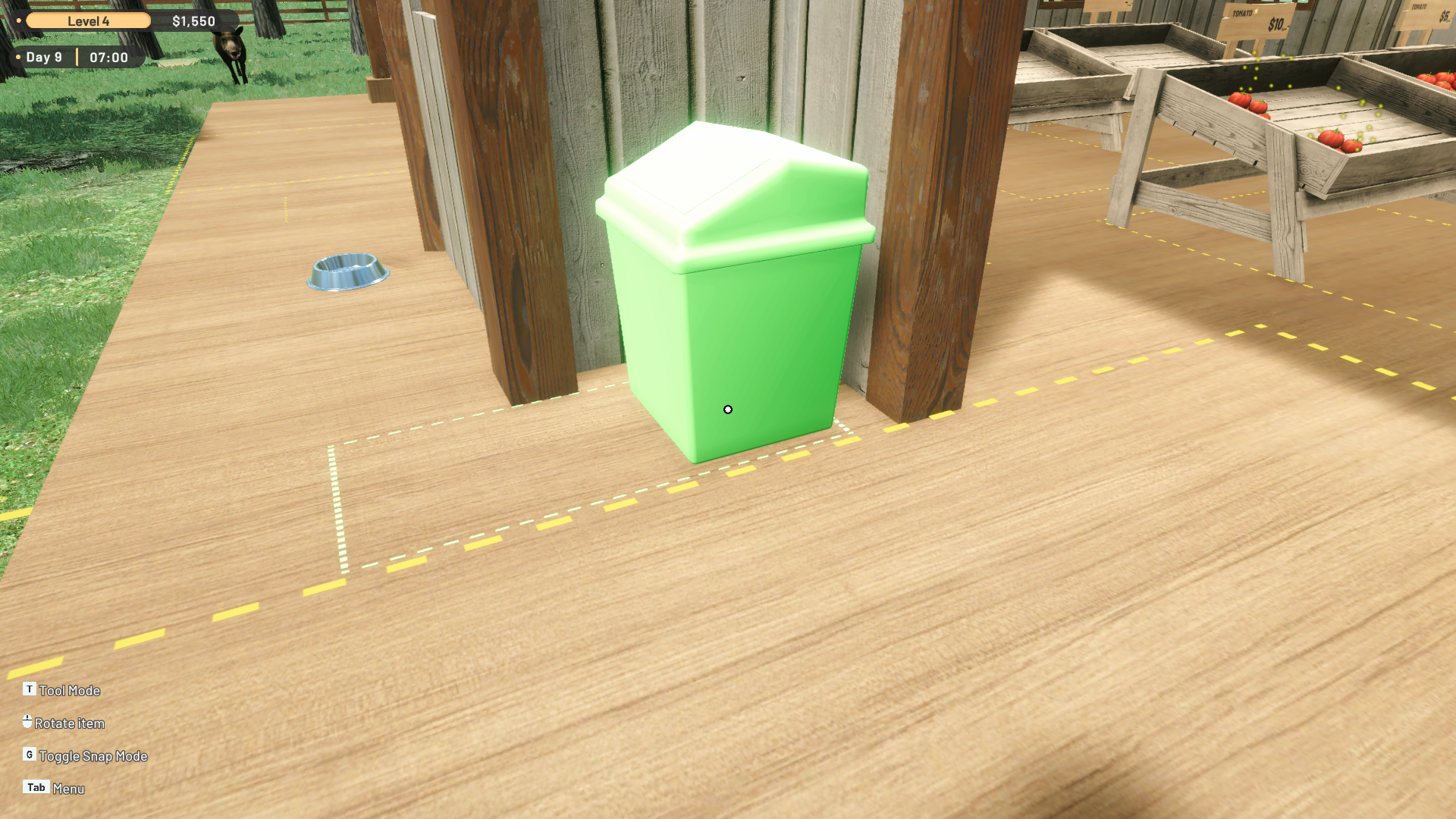

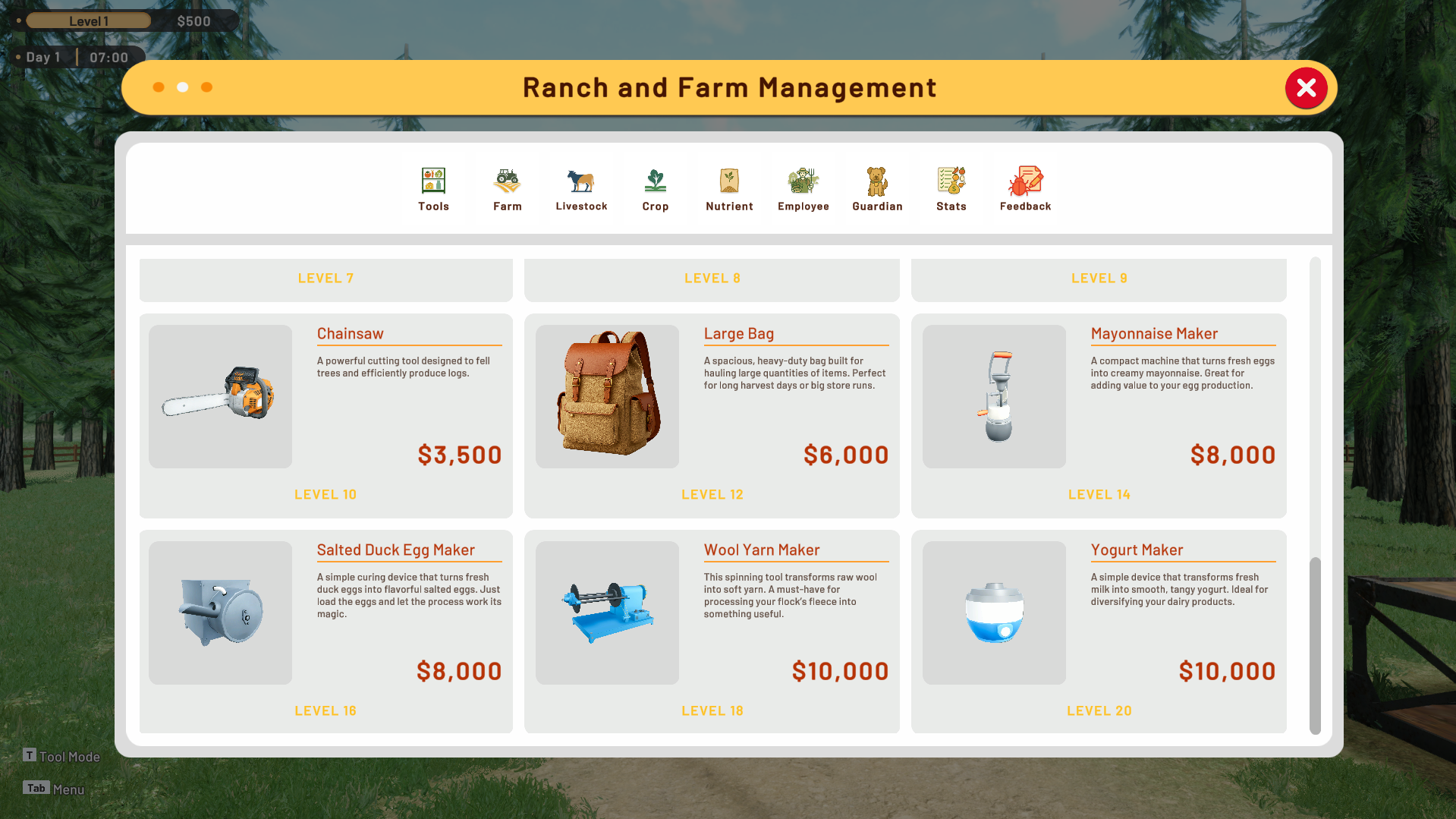
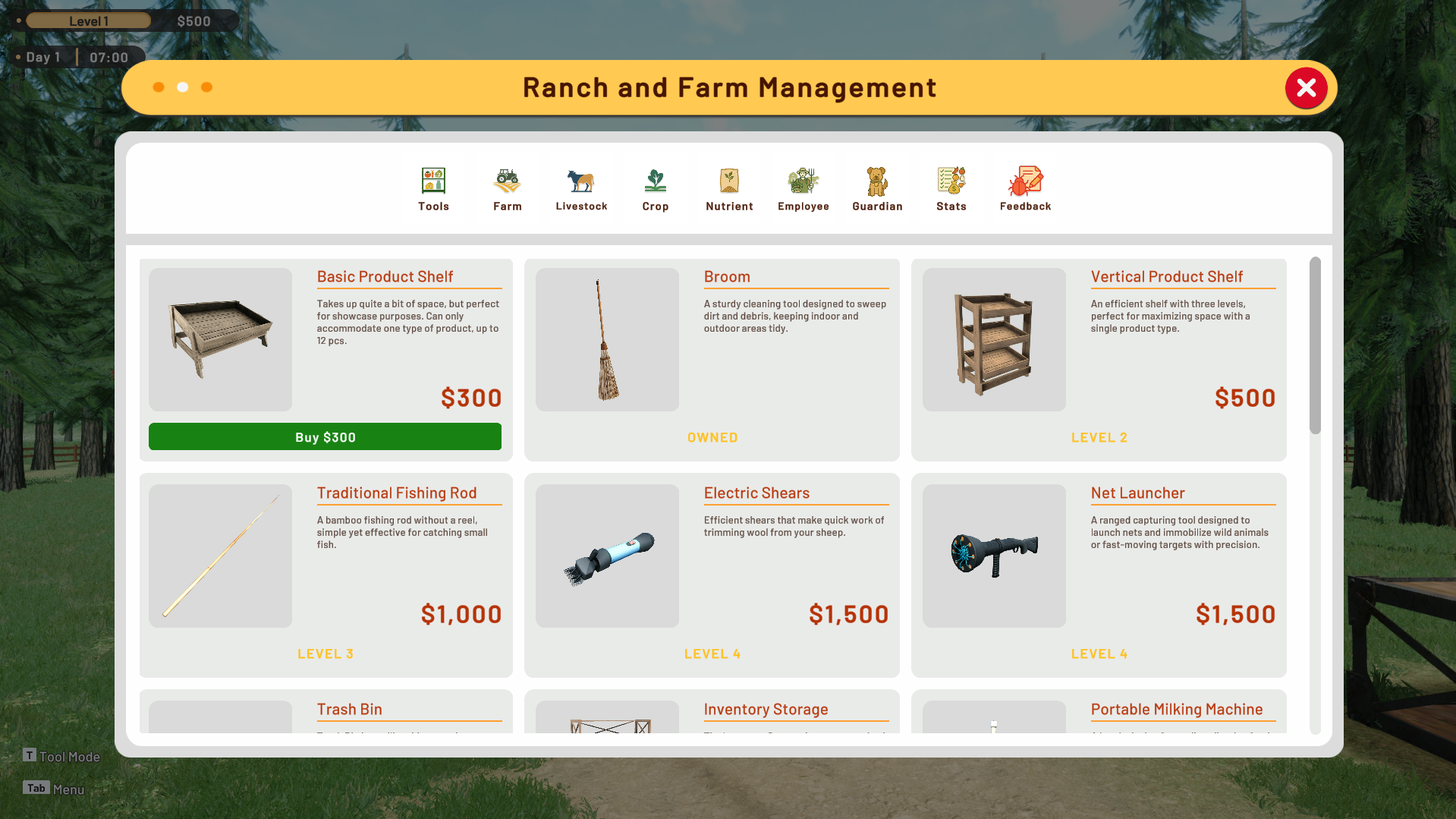
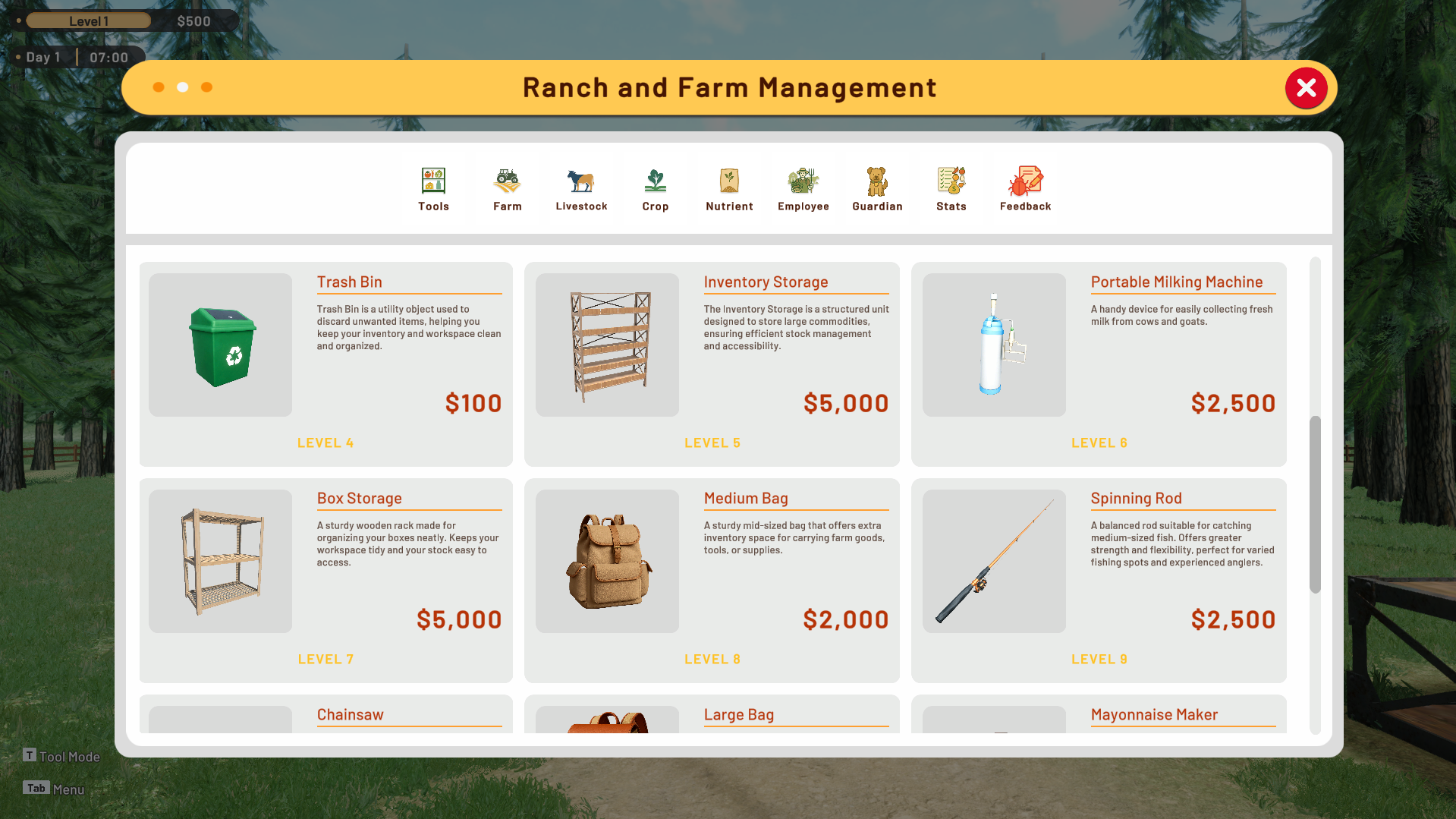 [/carousel]
[/carousel]





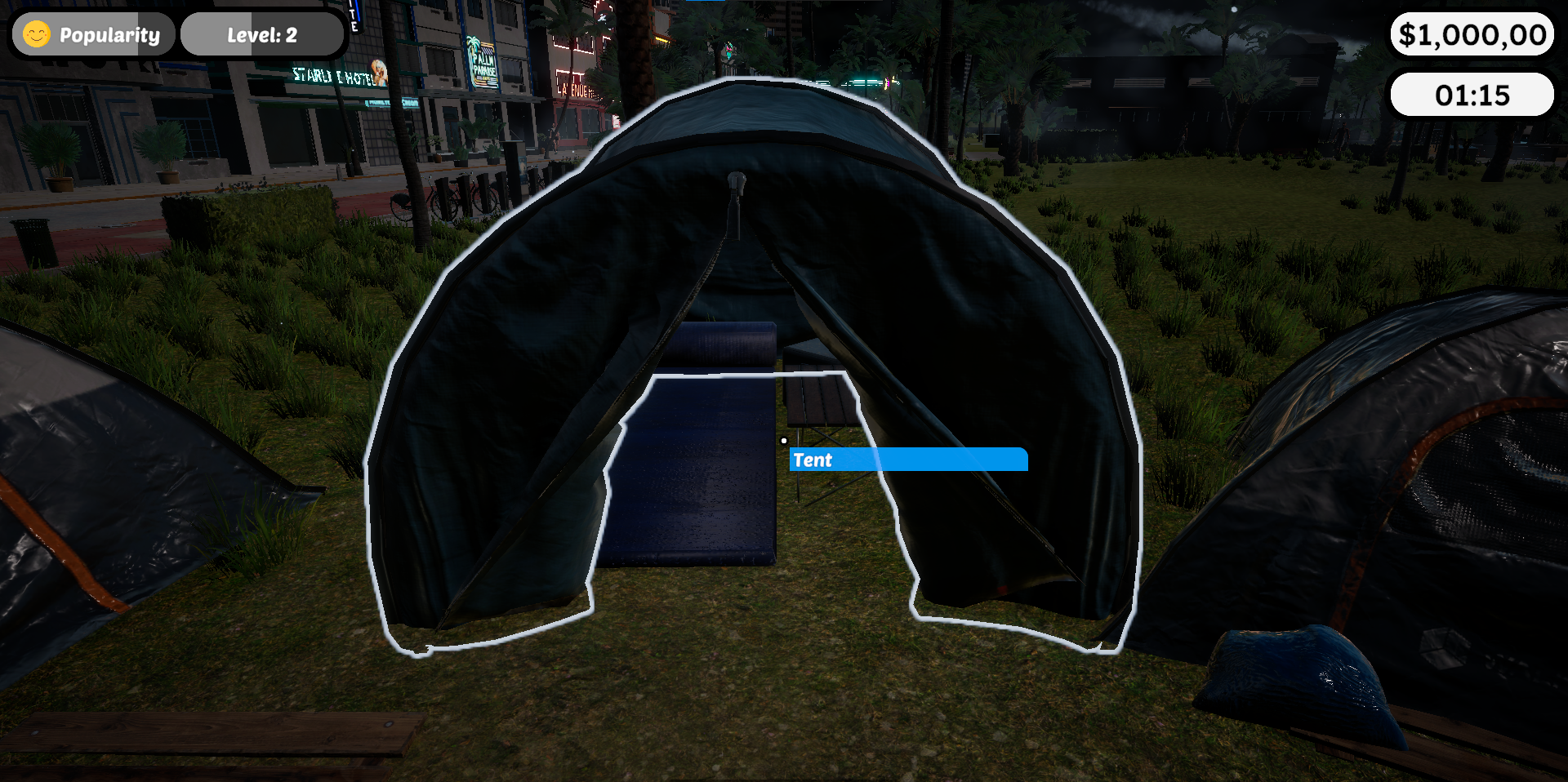 🛌 Sleep System – Rest in your tent after a long day, then check your daily stats to see how well you did (or didn’t).
🛌 Sleep System – Rest in your tent after a long day, then check your daily stats to see how well you did (or didn’t).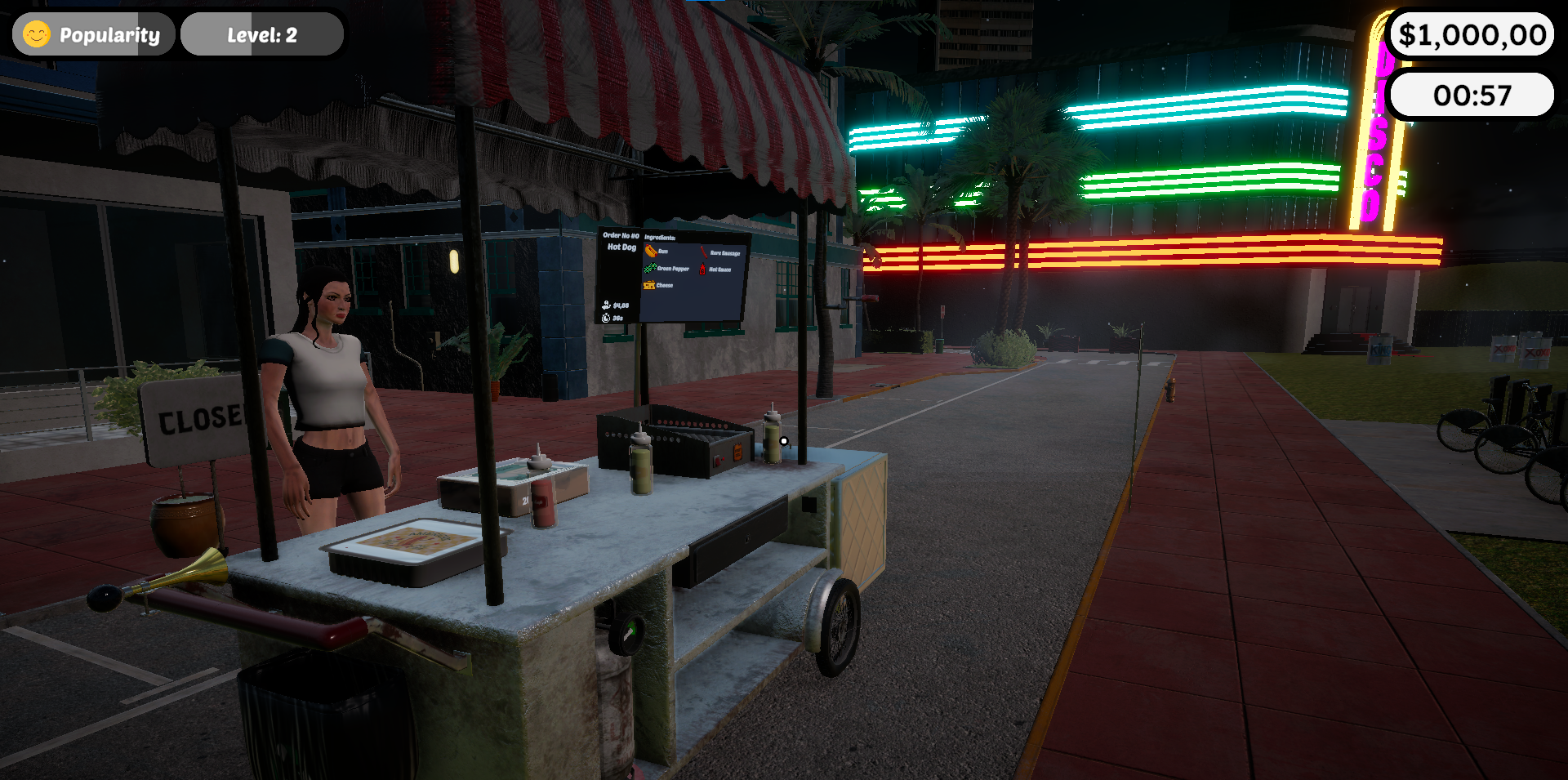 🌙 Day/Night Cycle – Time flows naturally now.
🌙 Day/Night Cycle – Time flows naturally now.